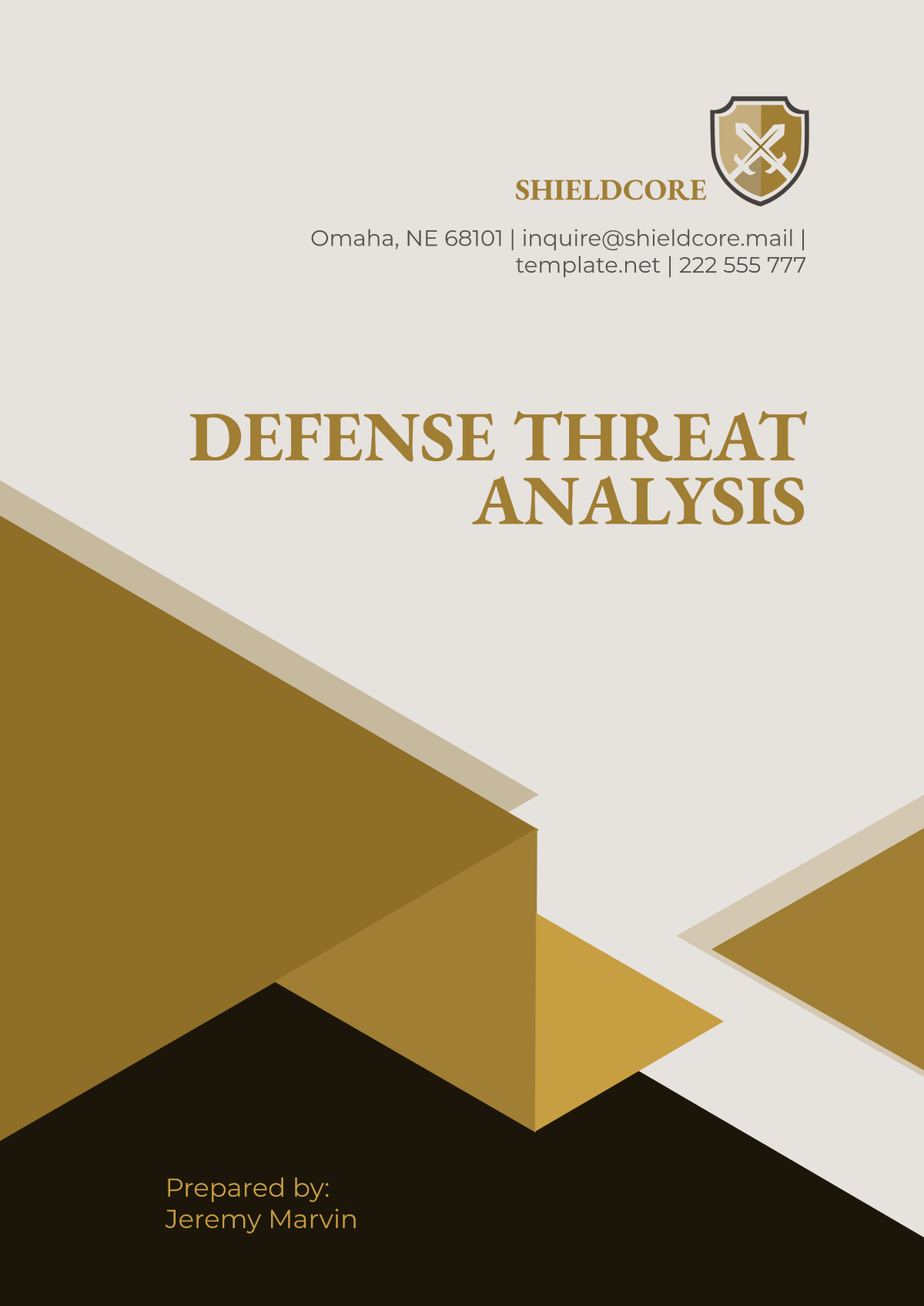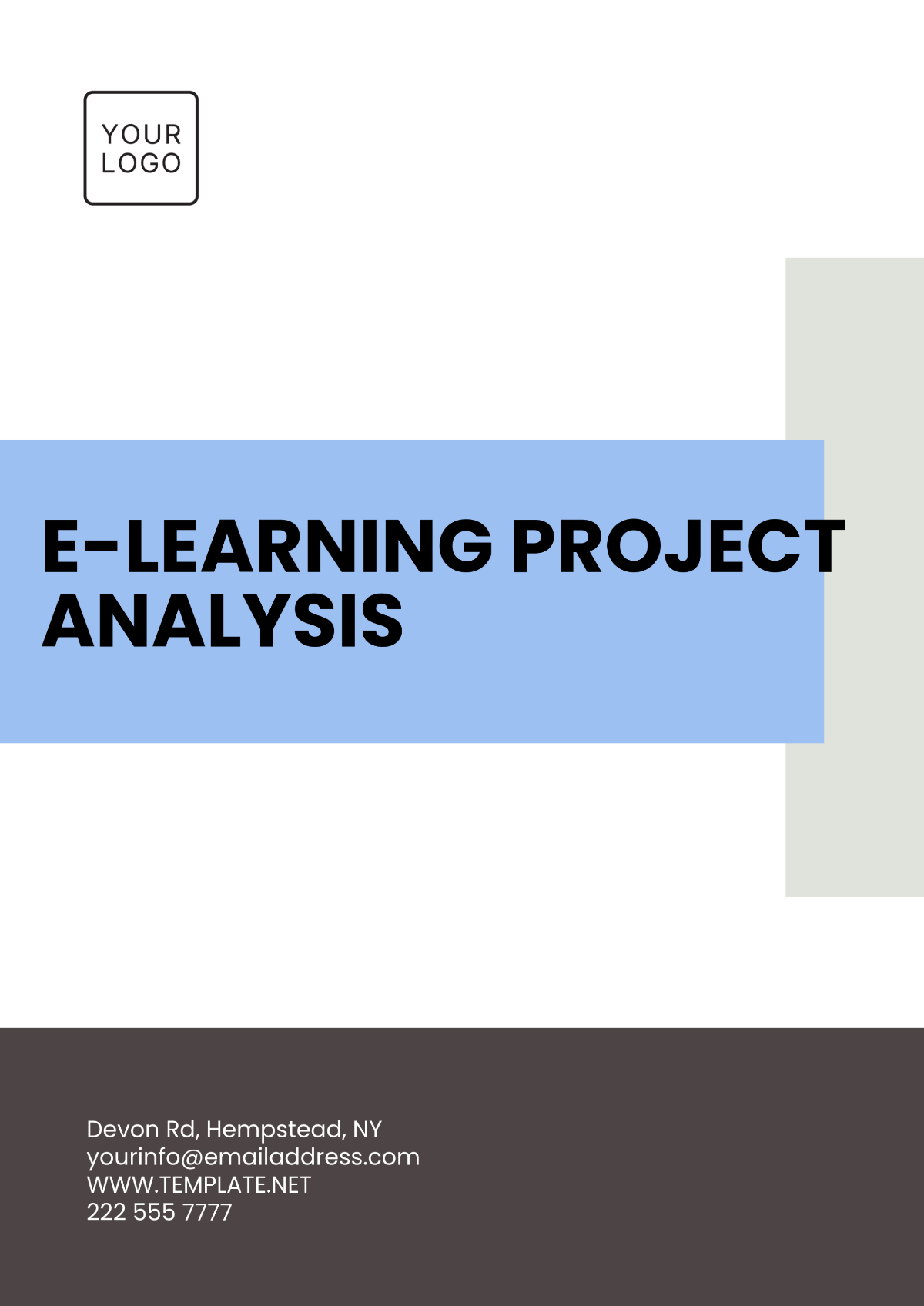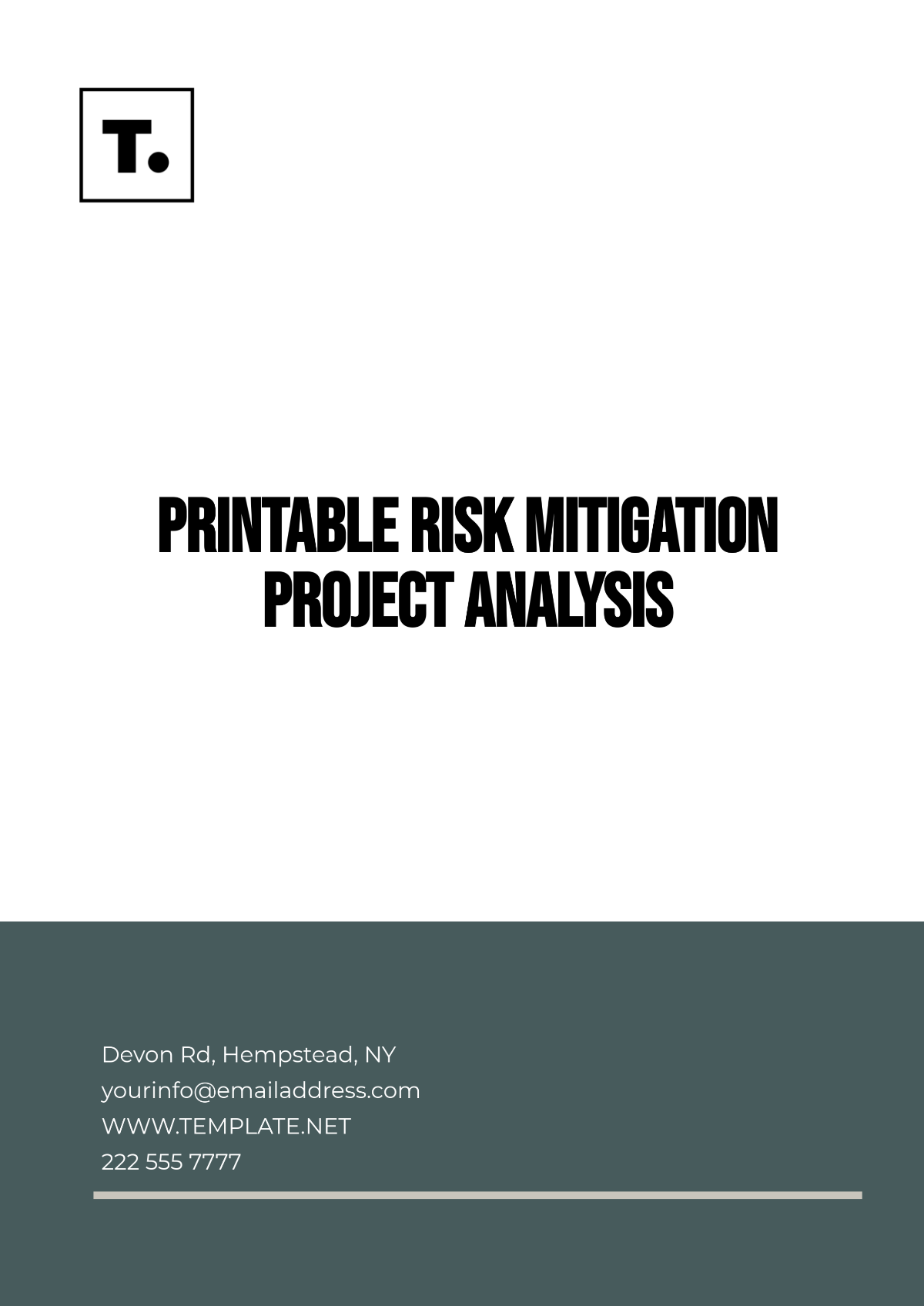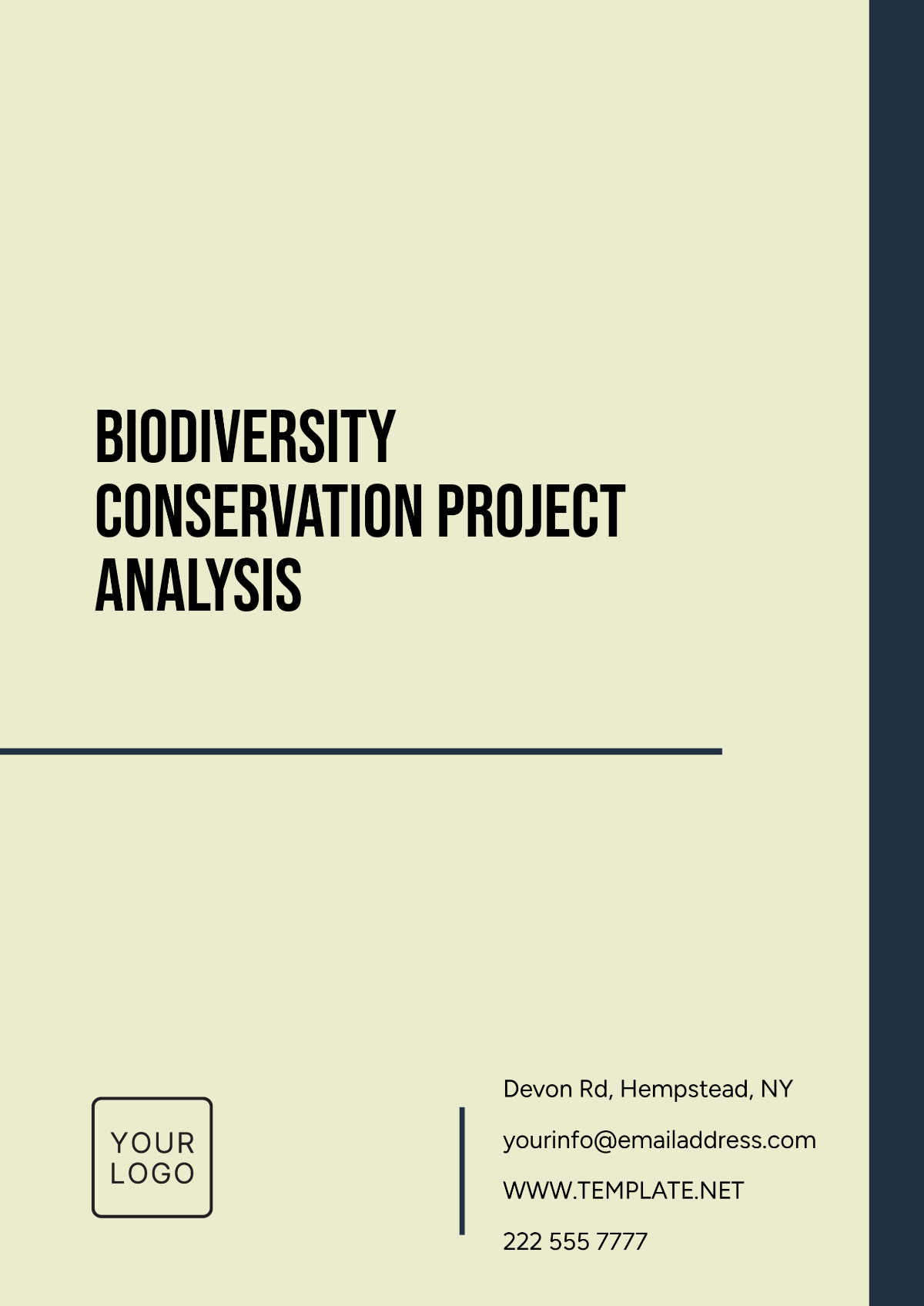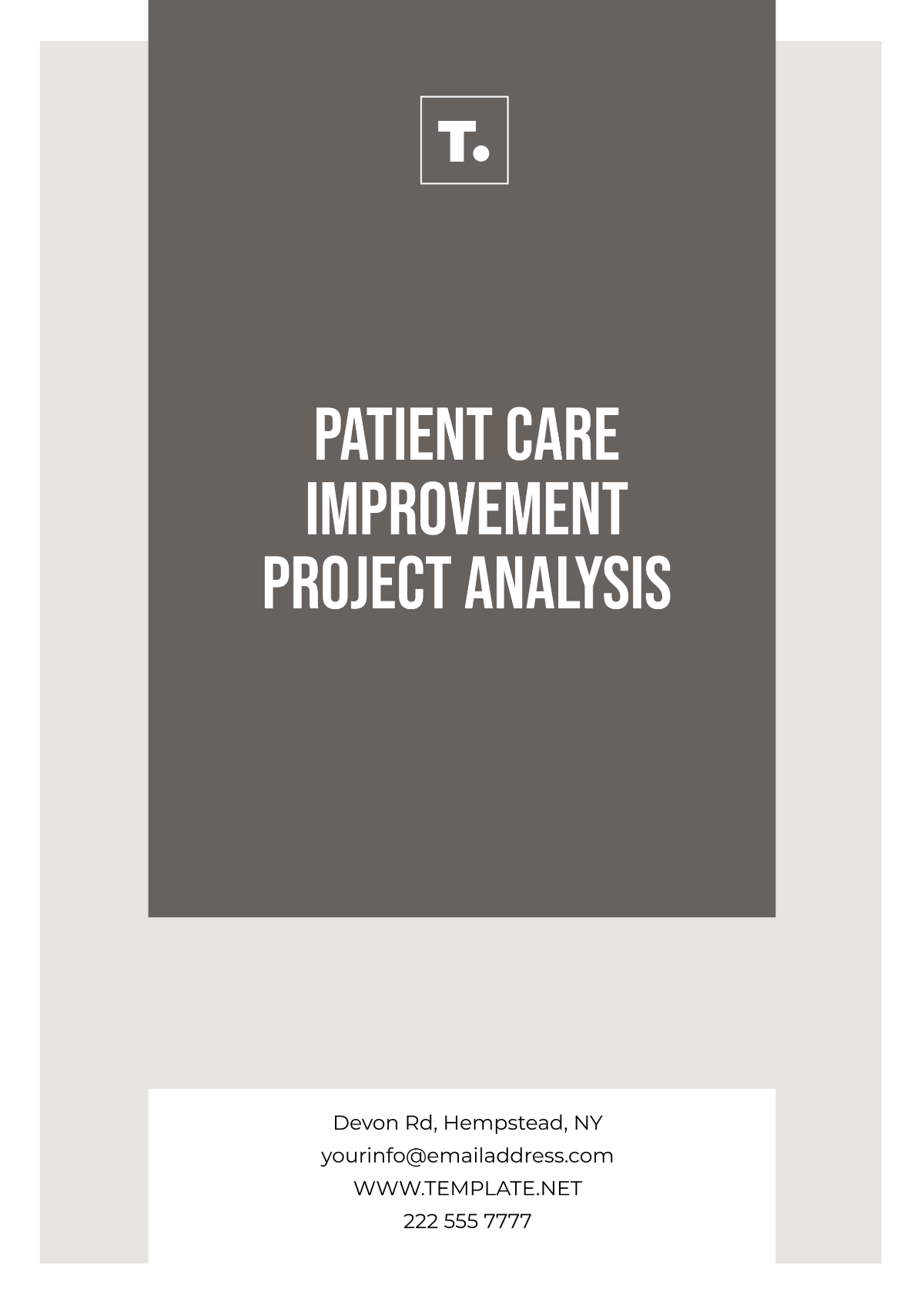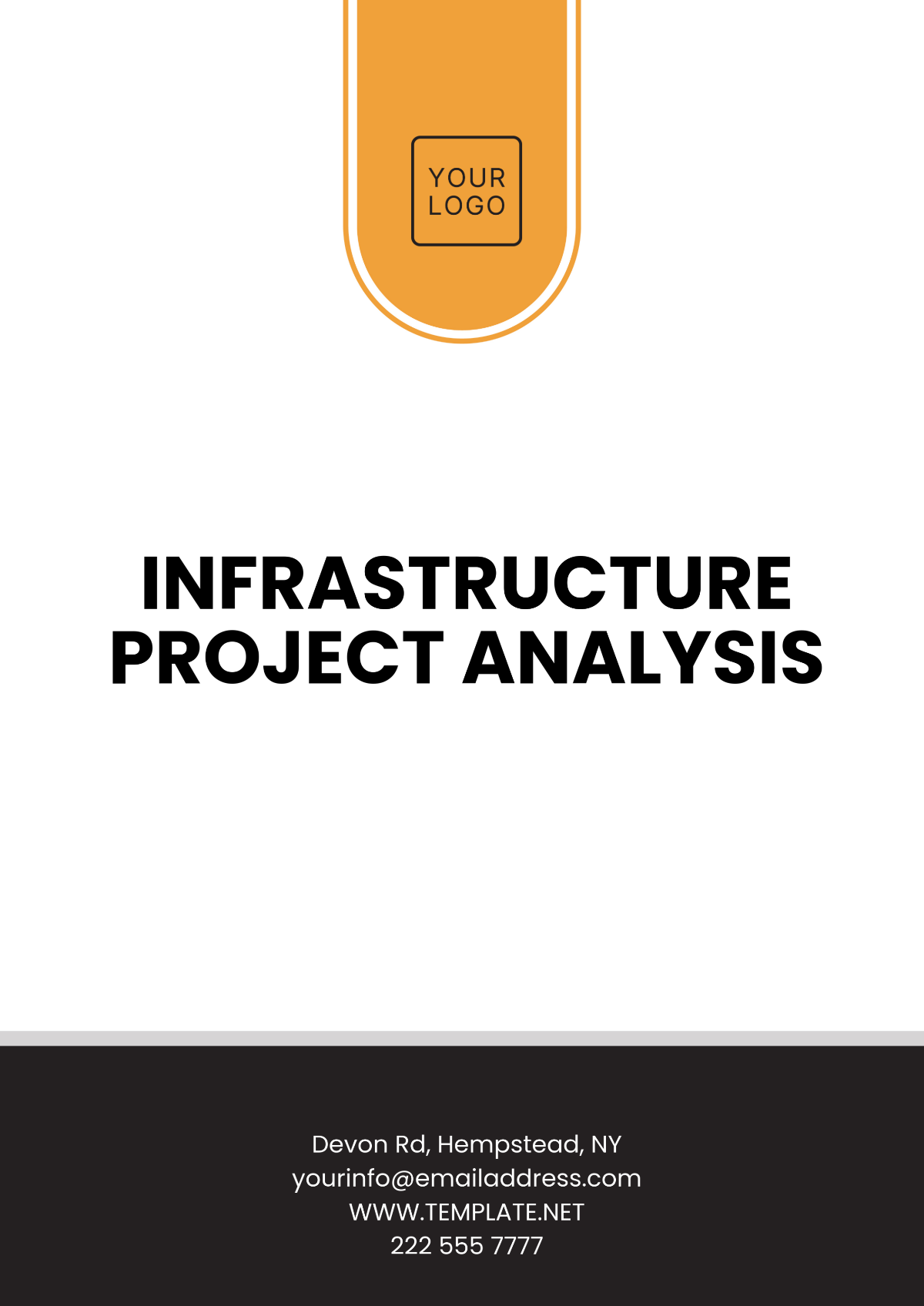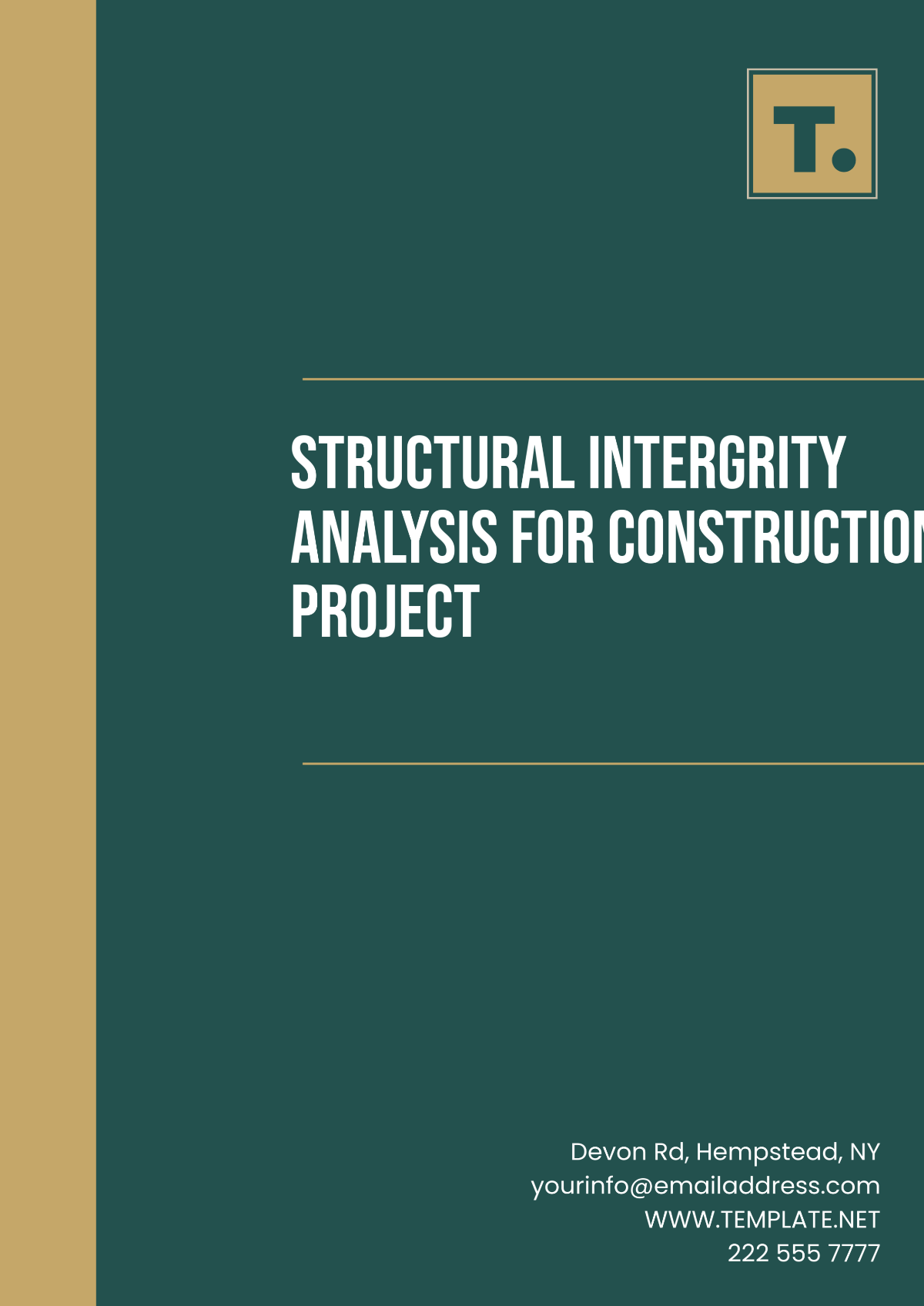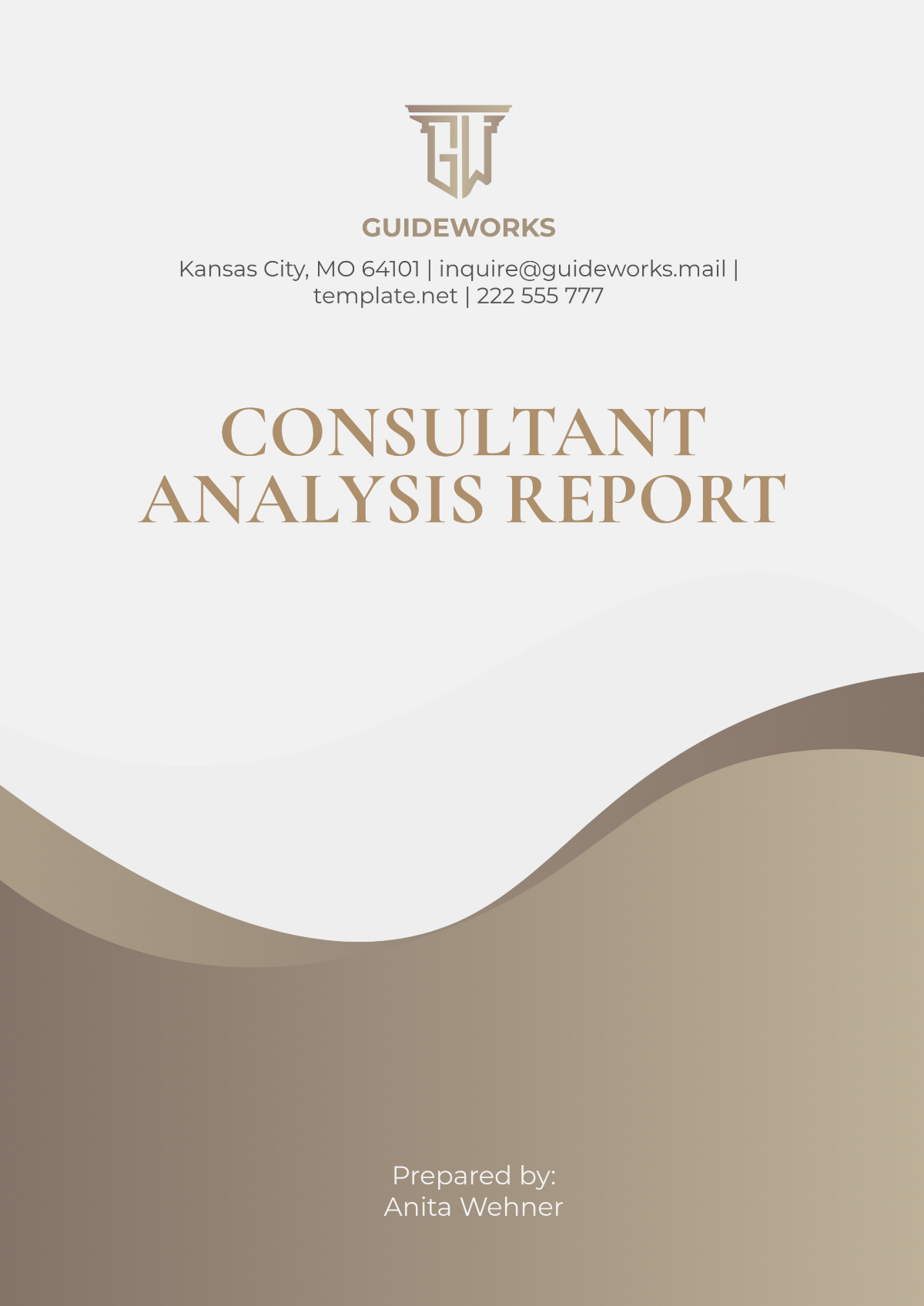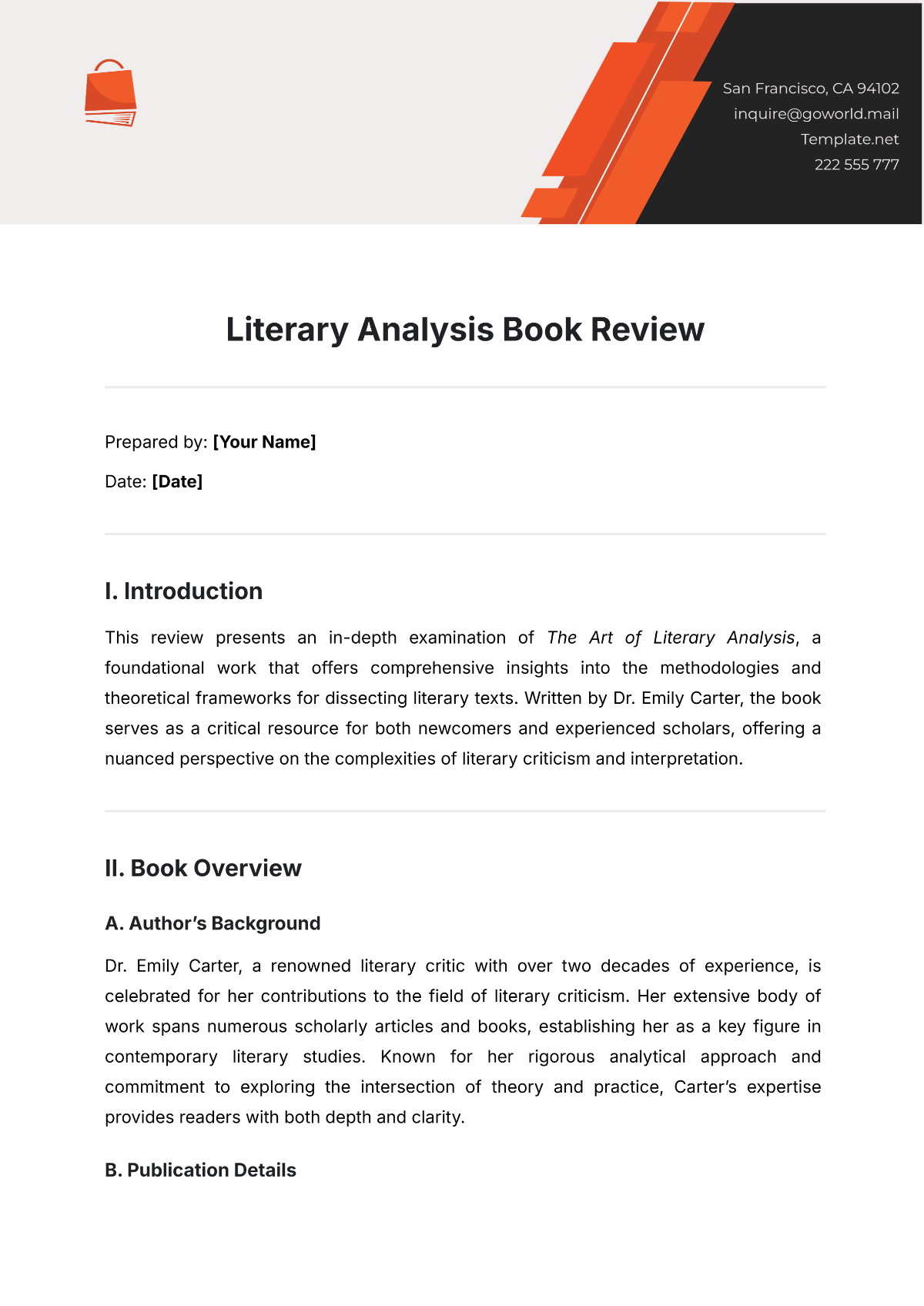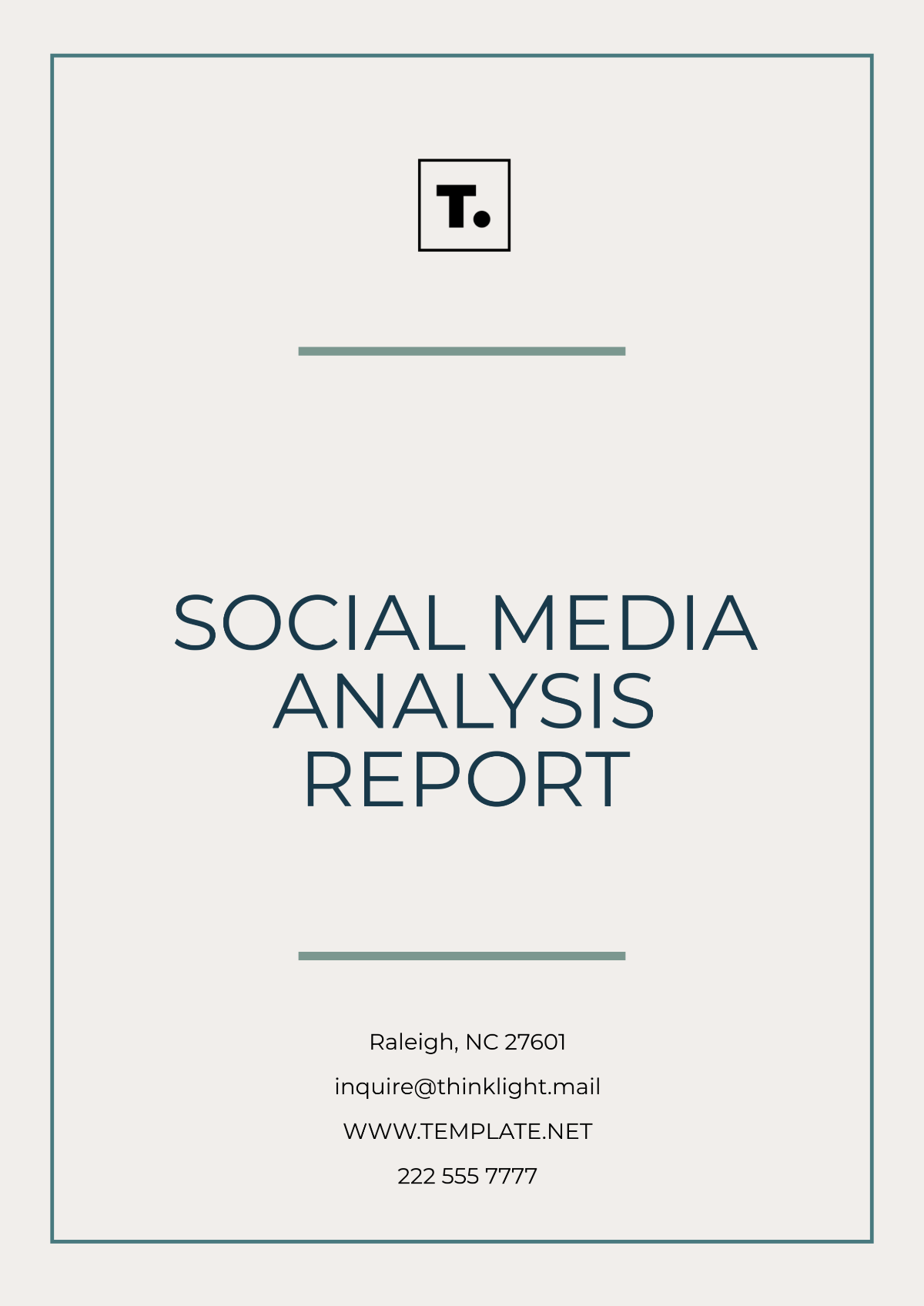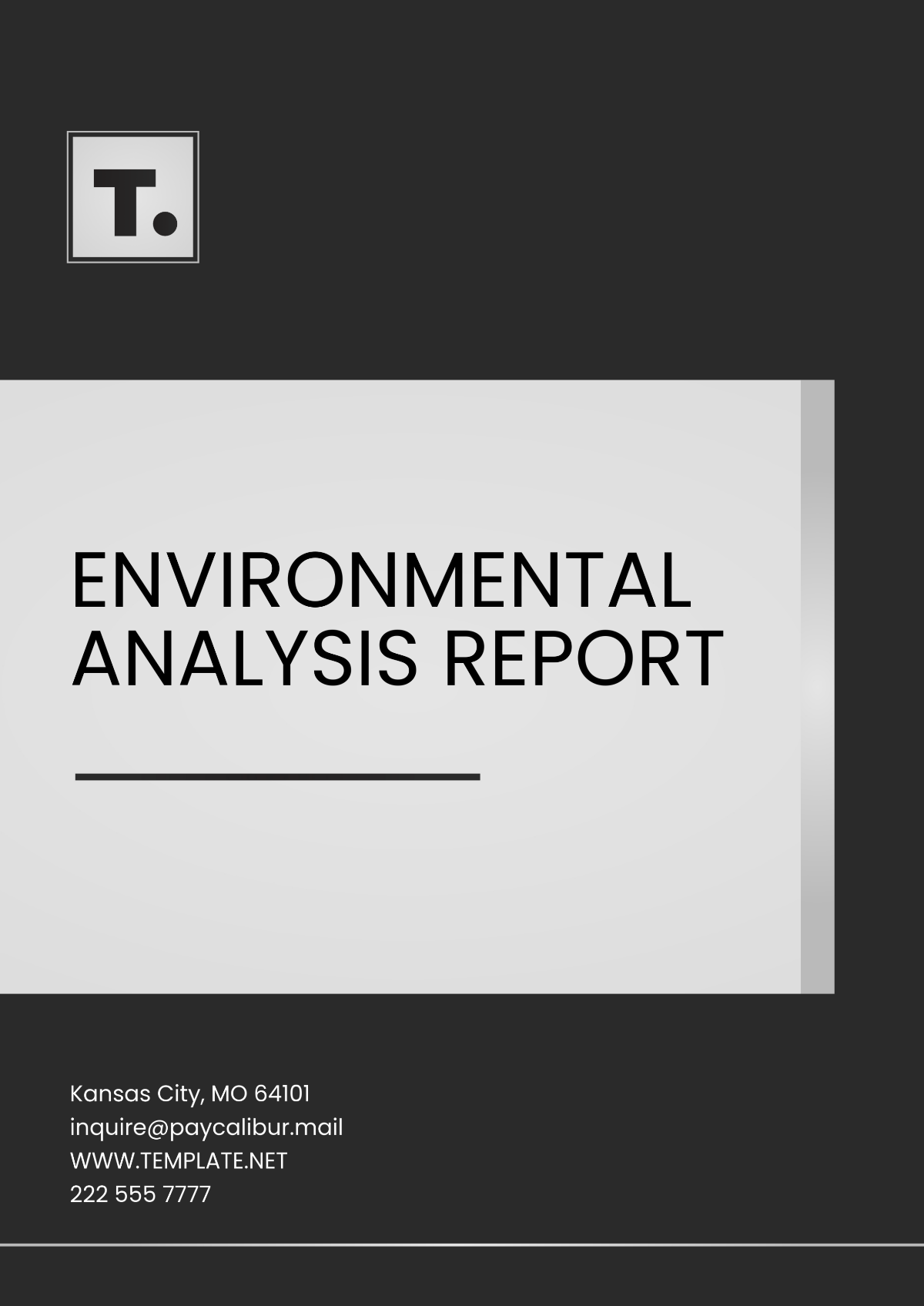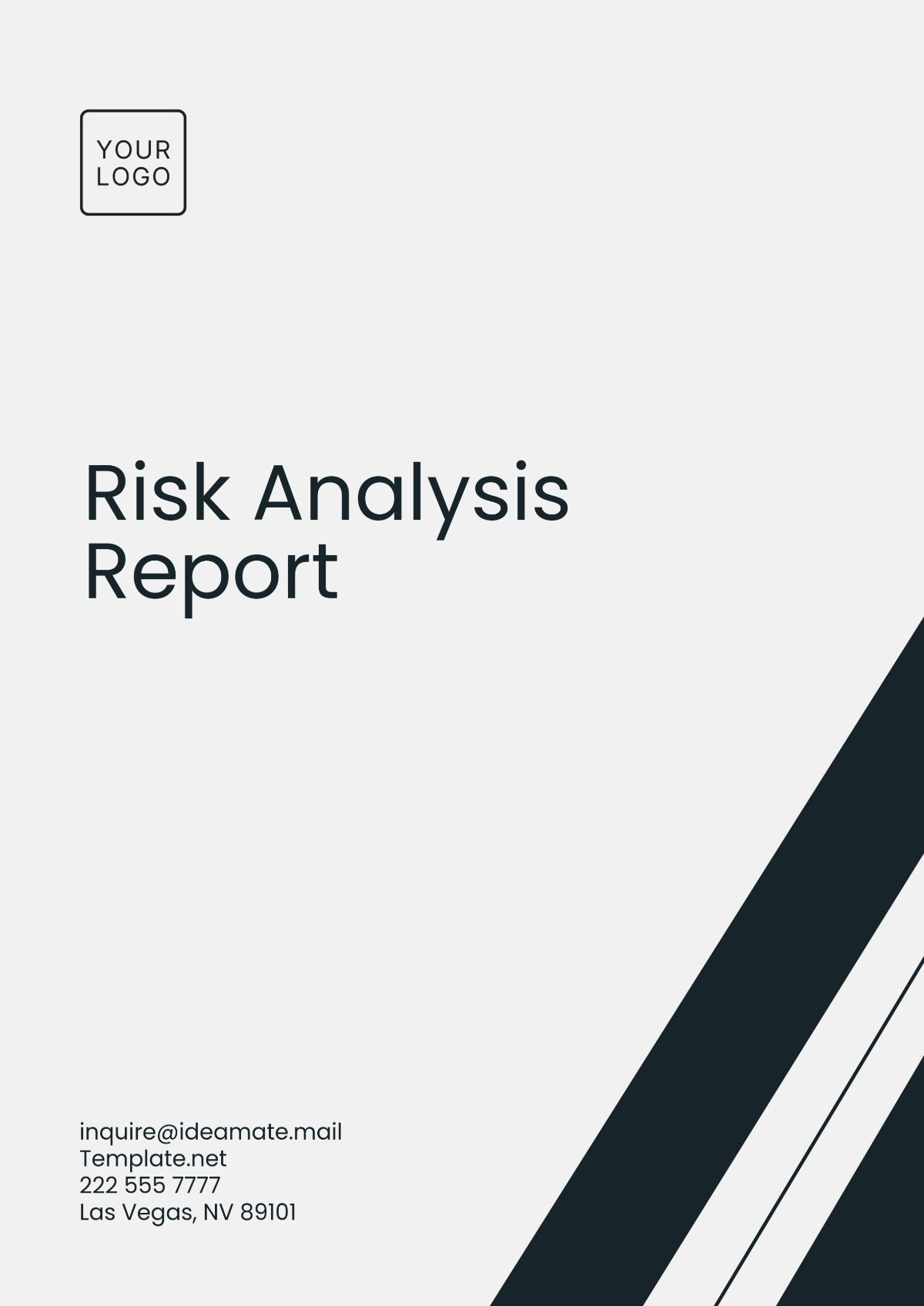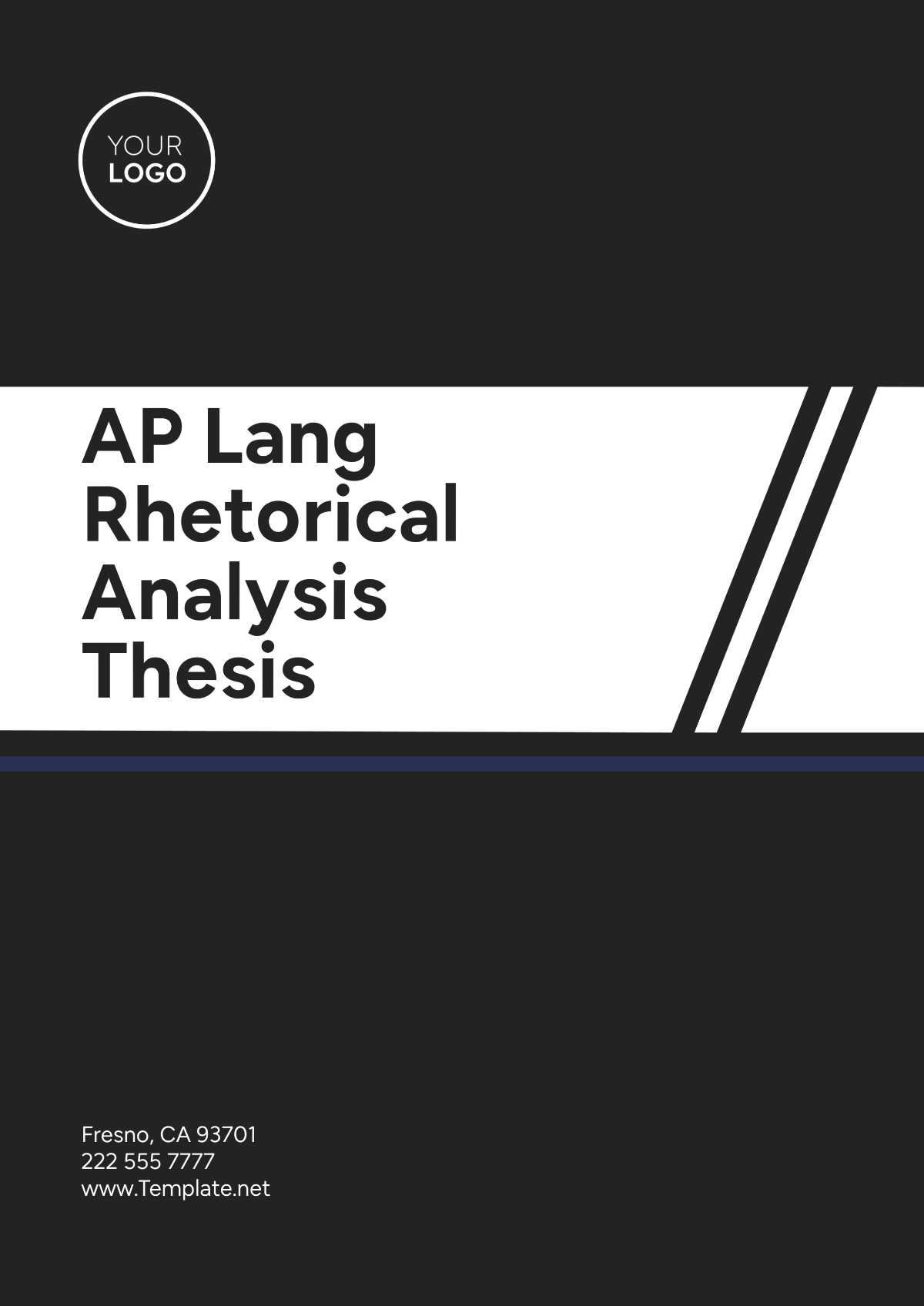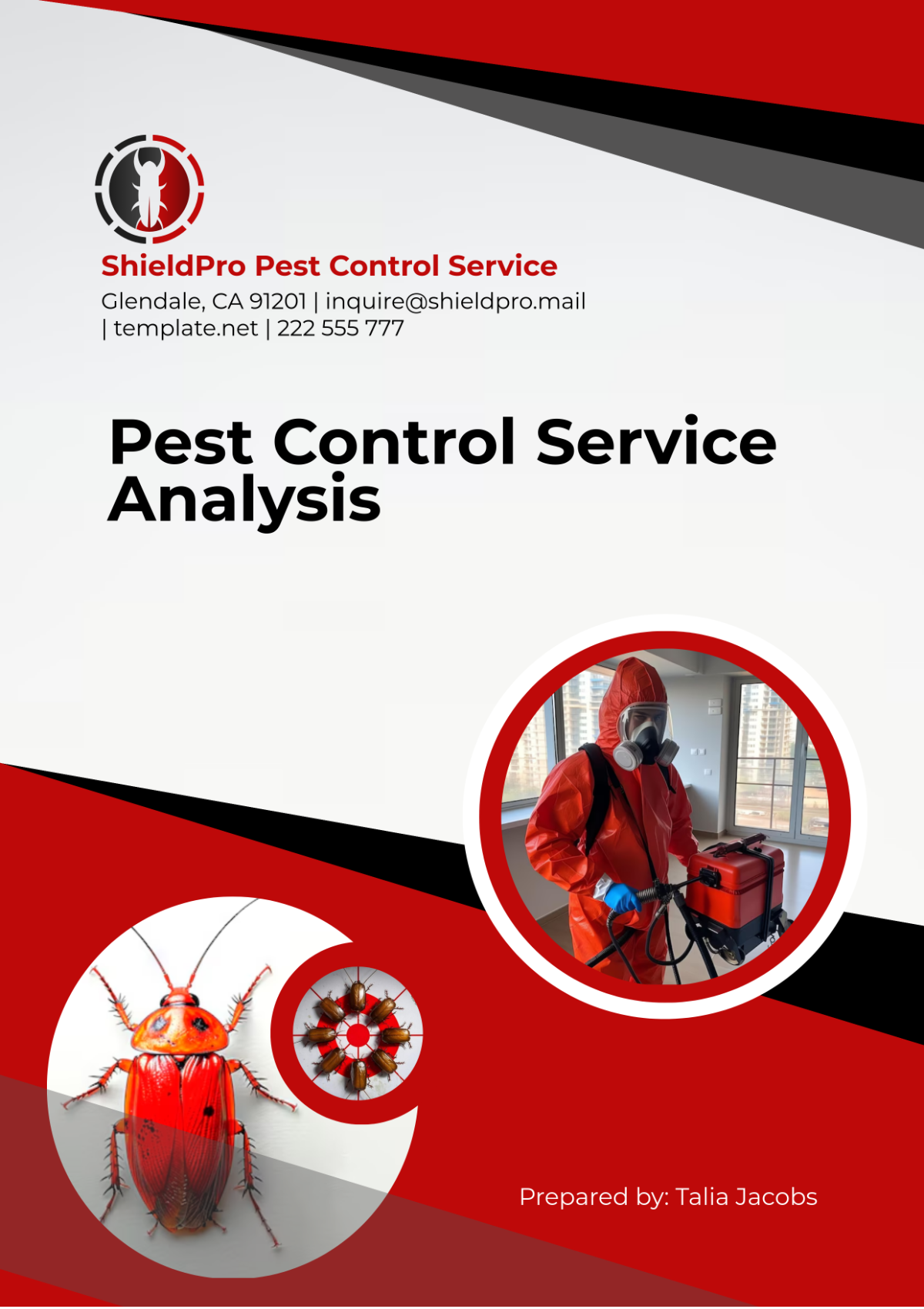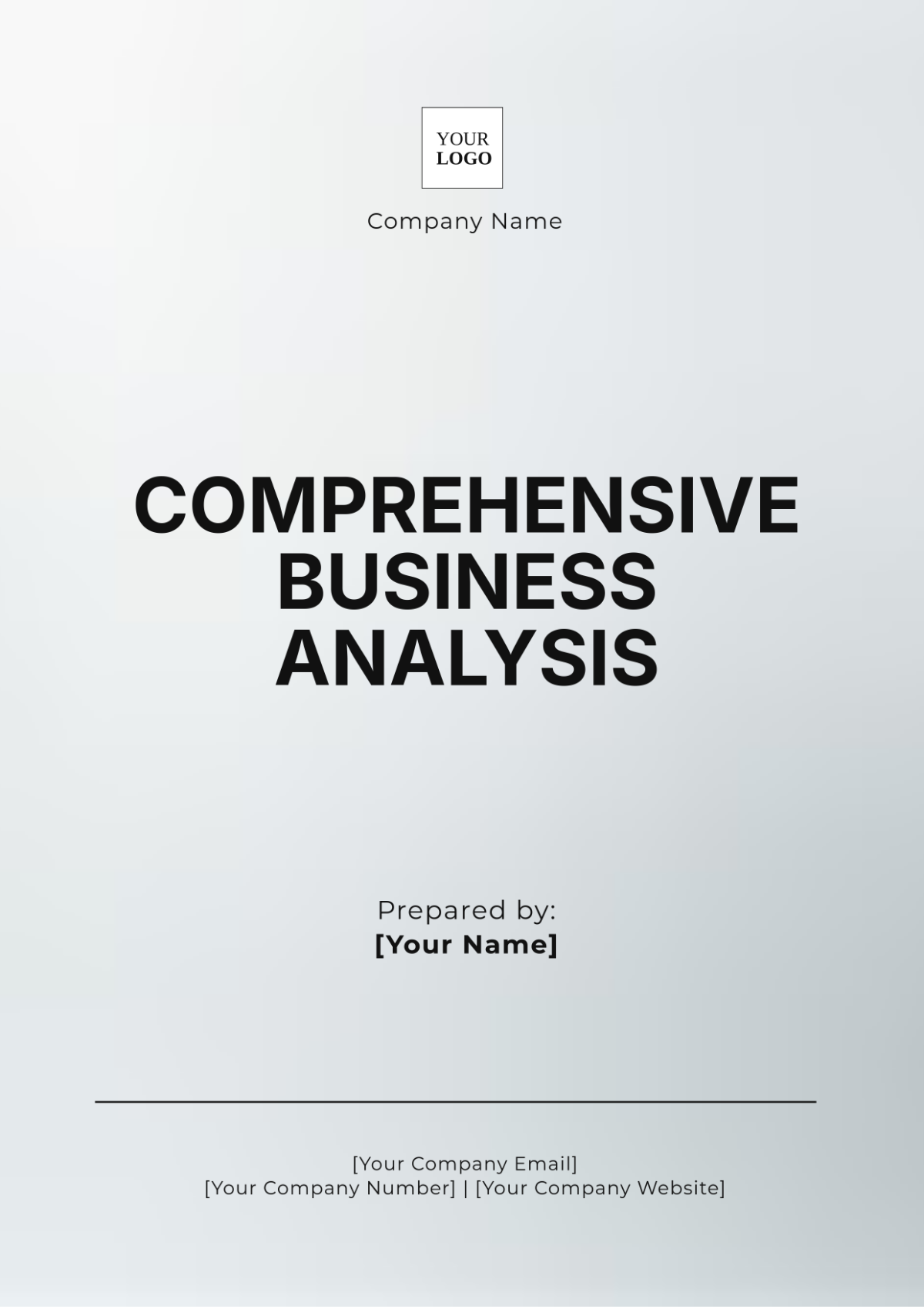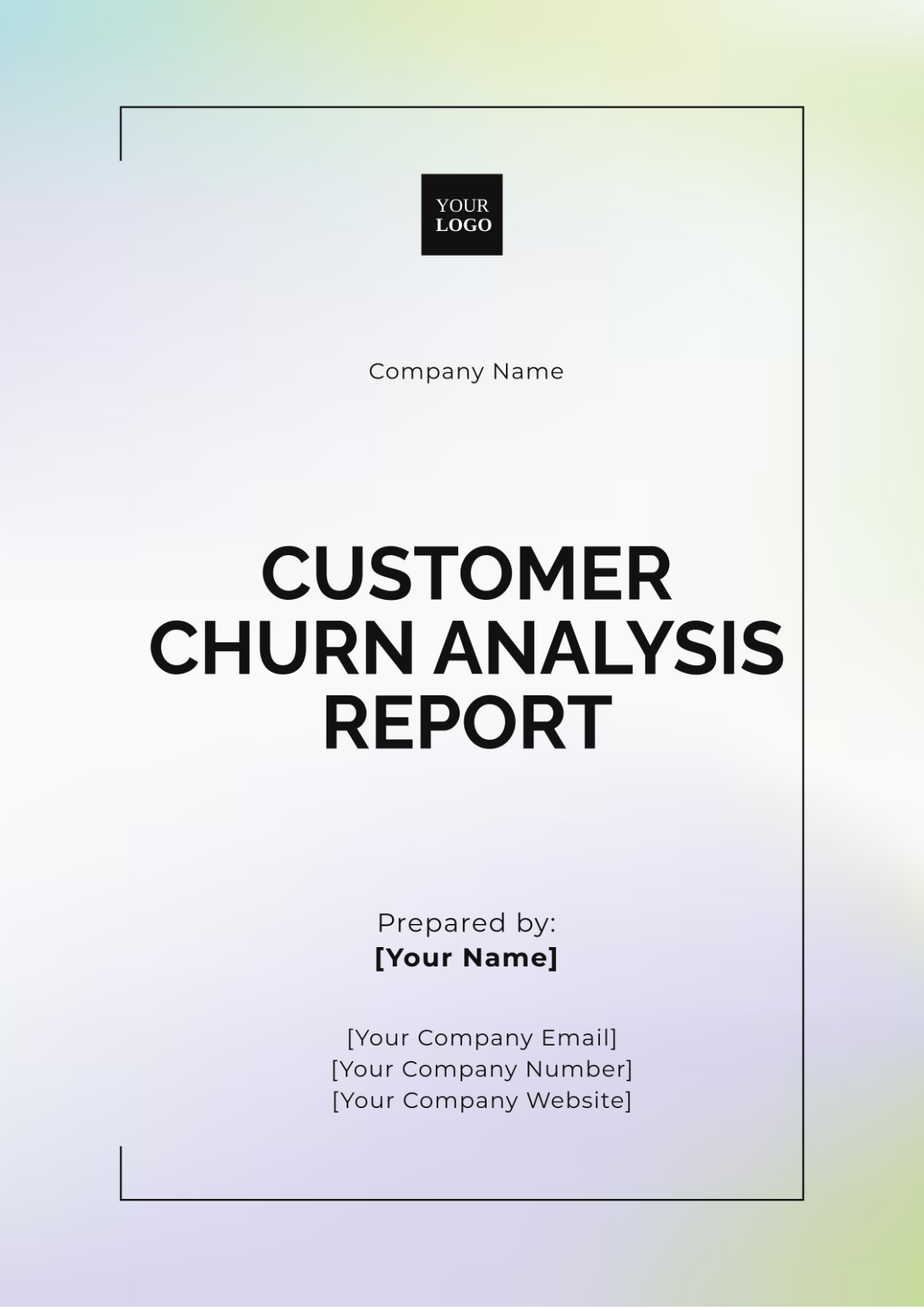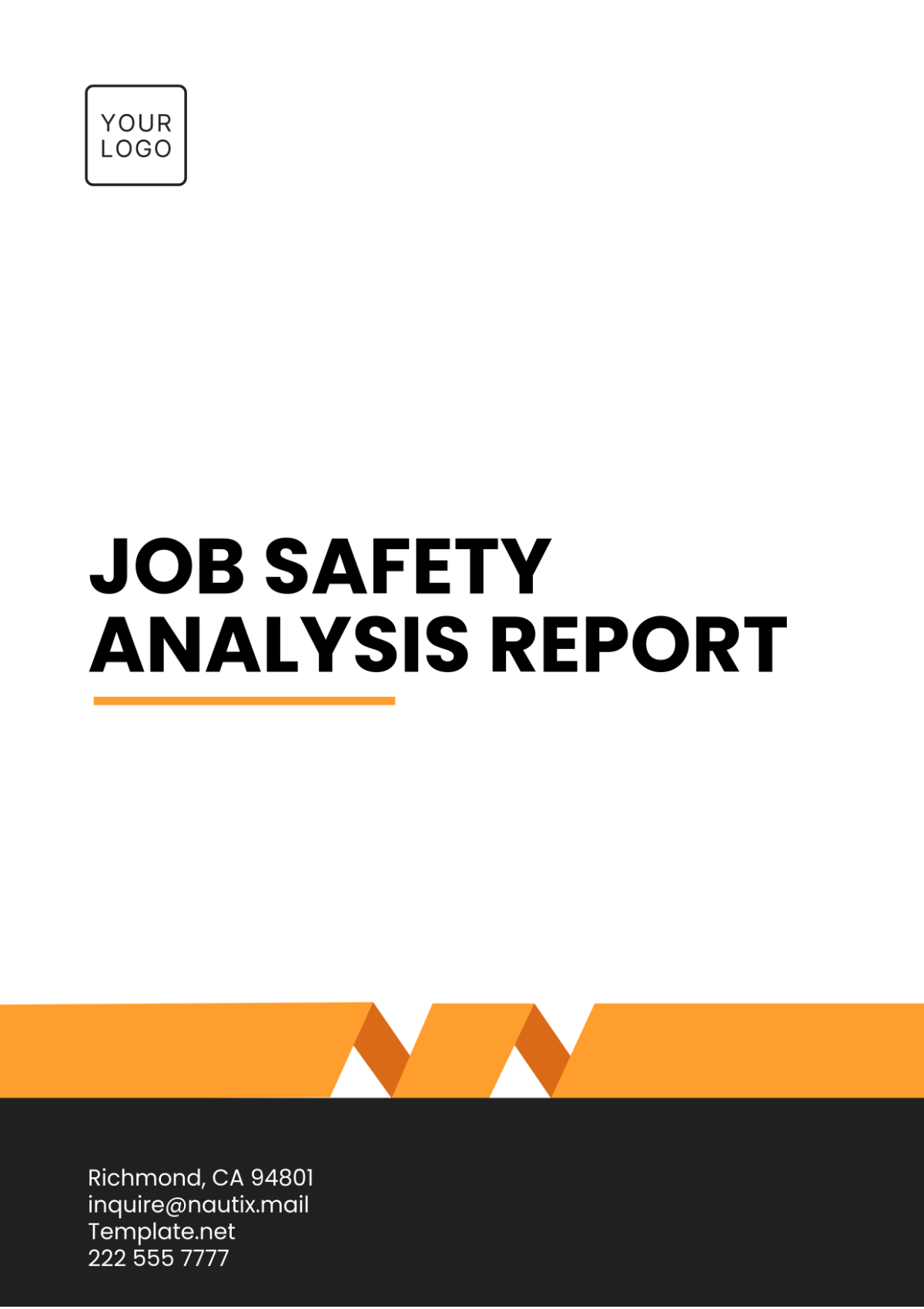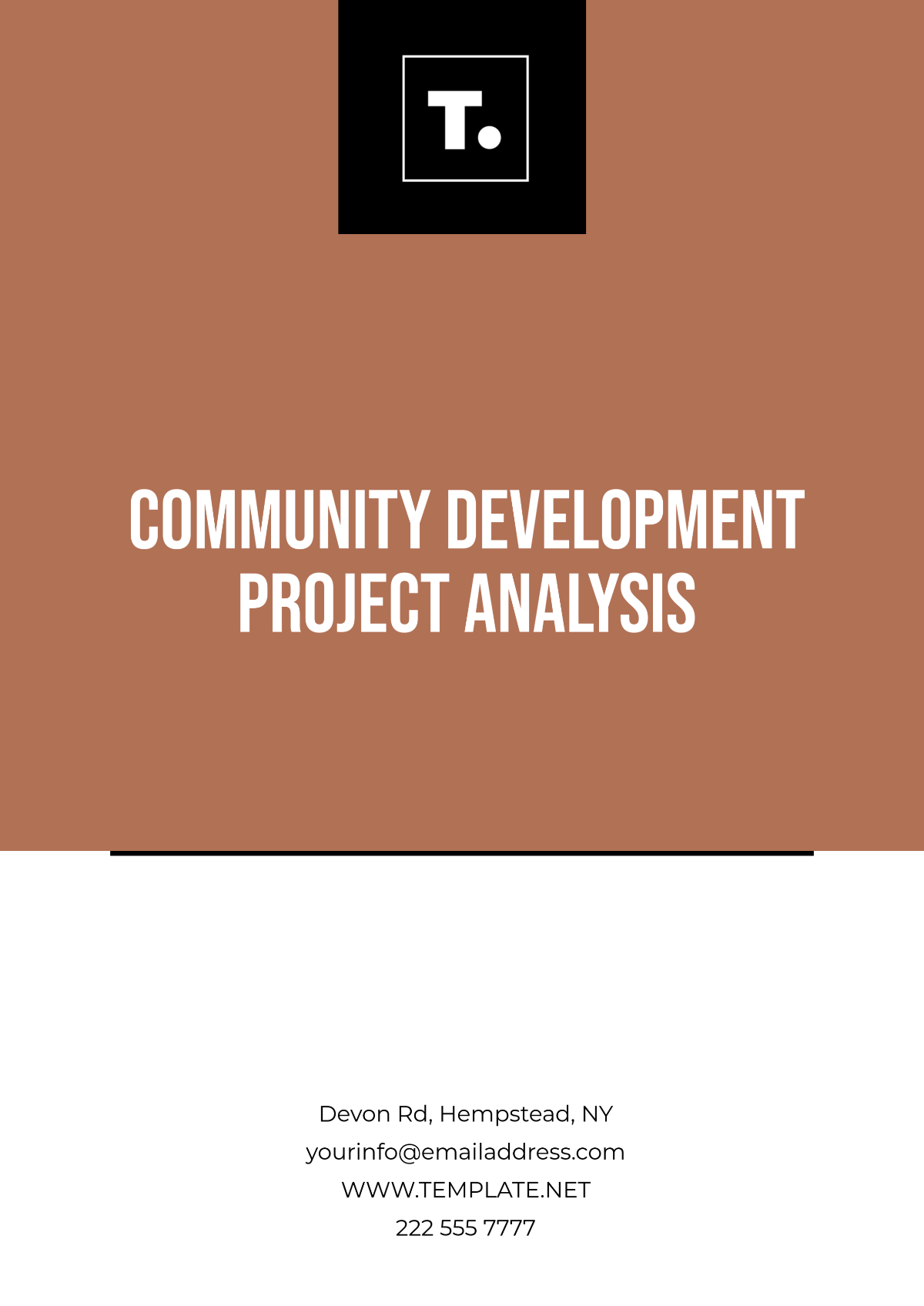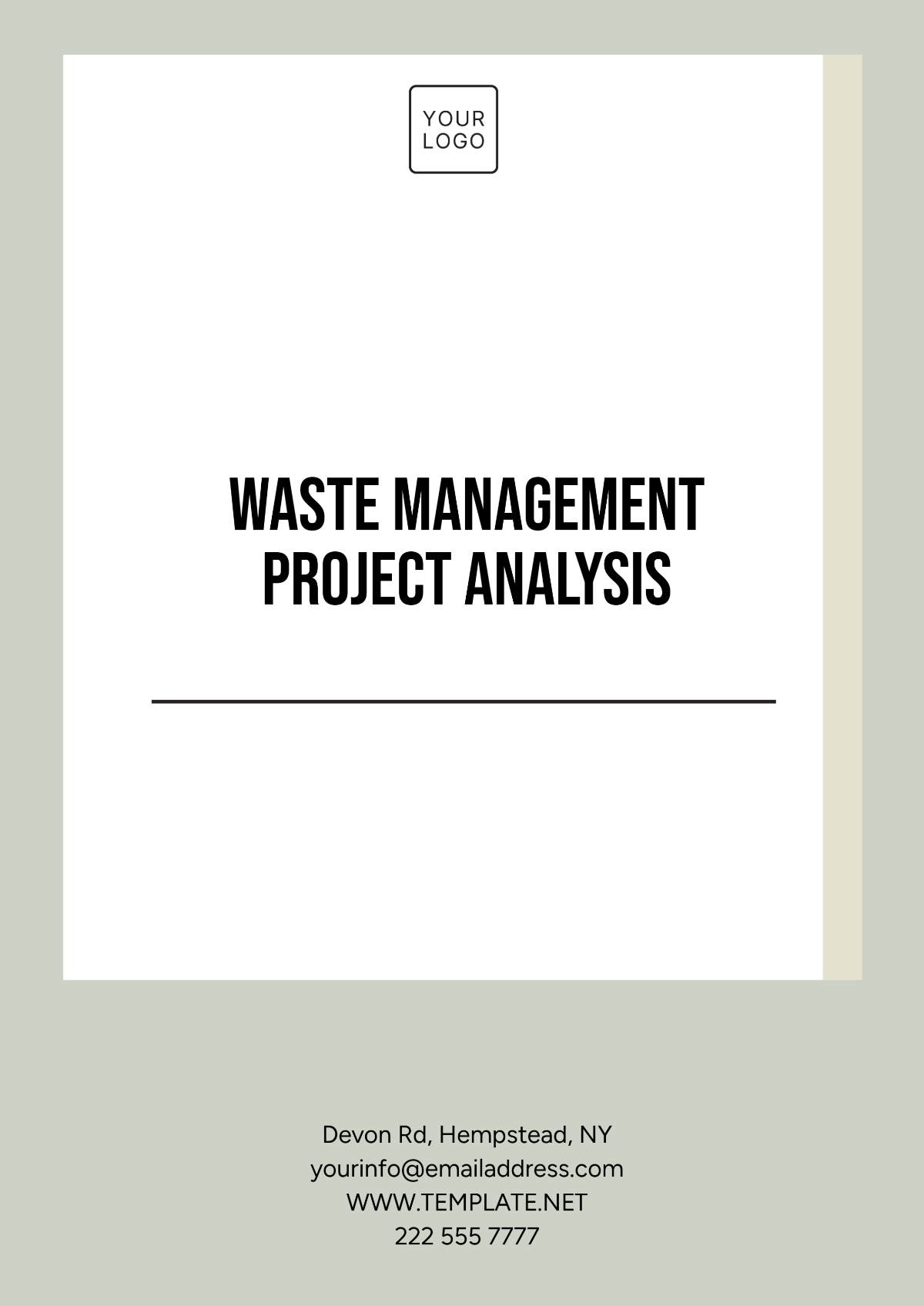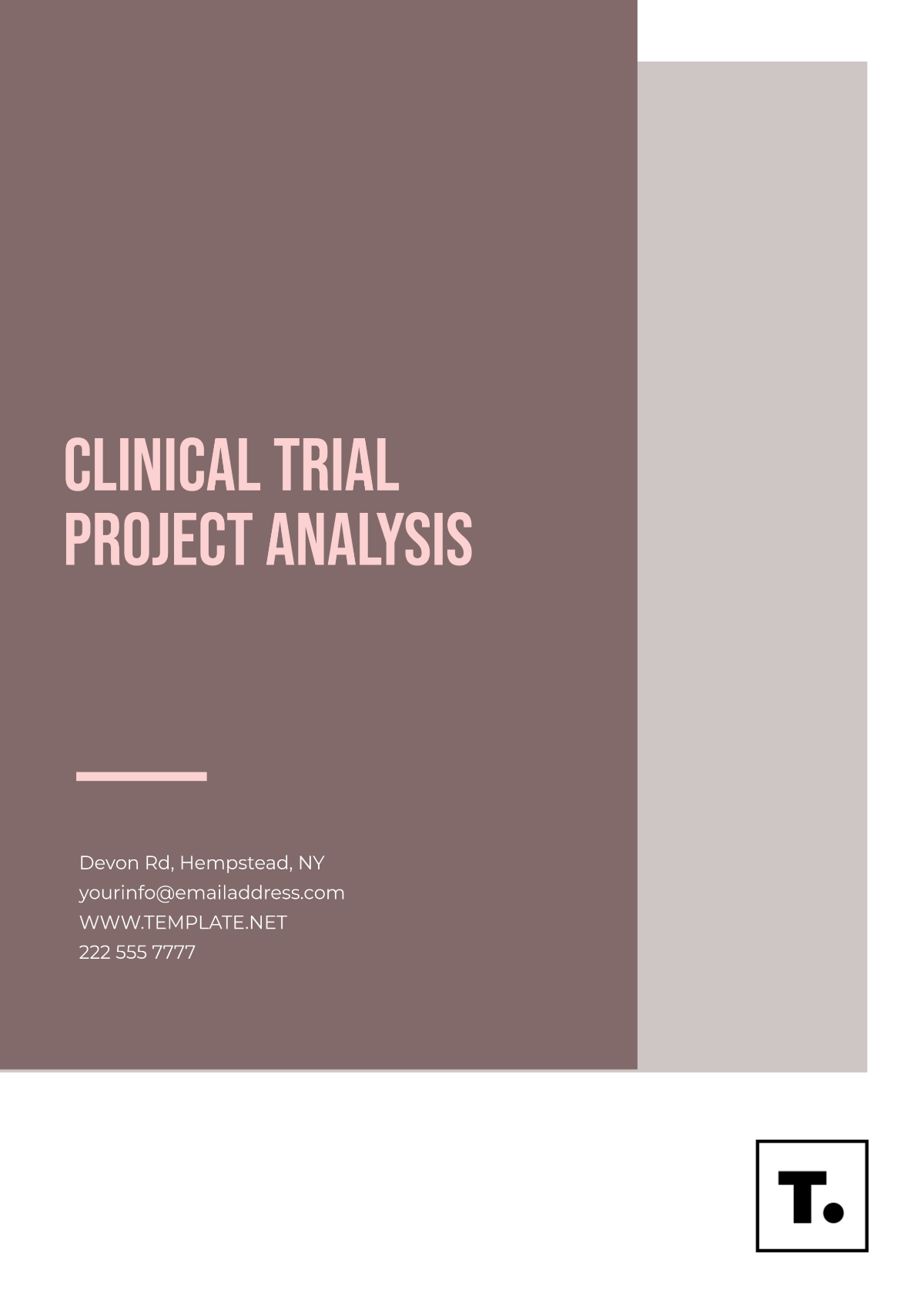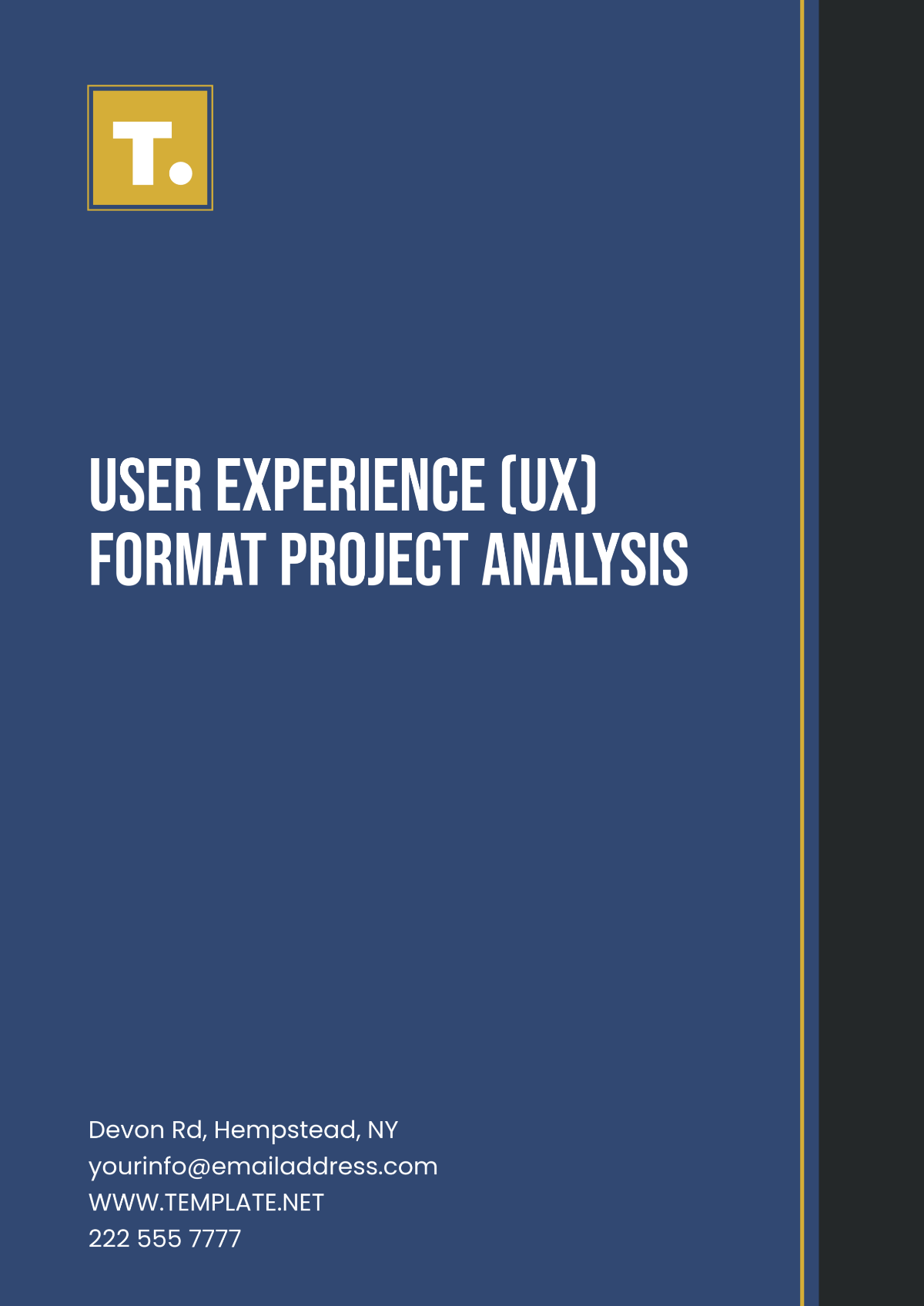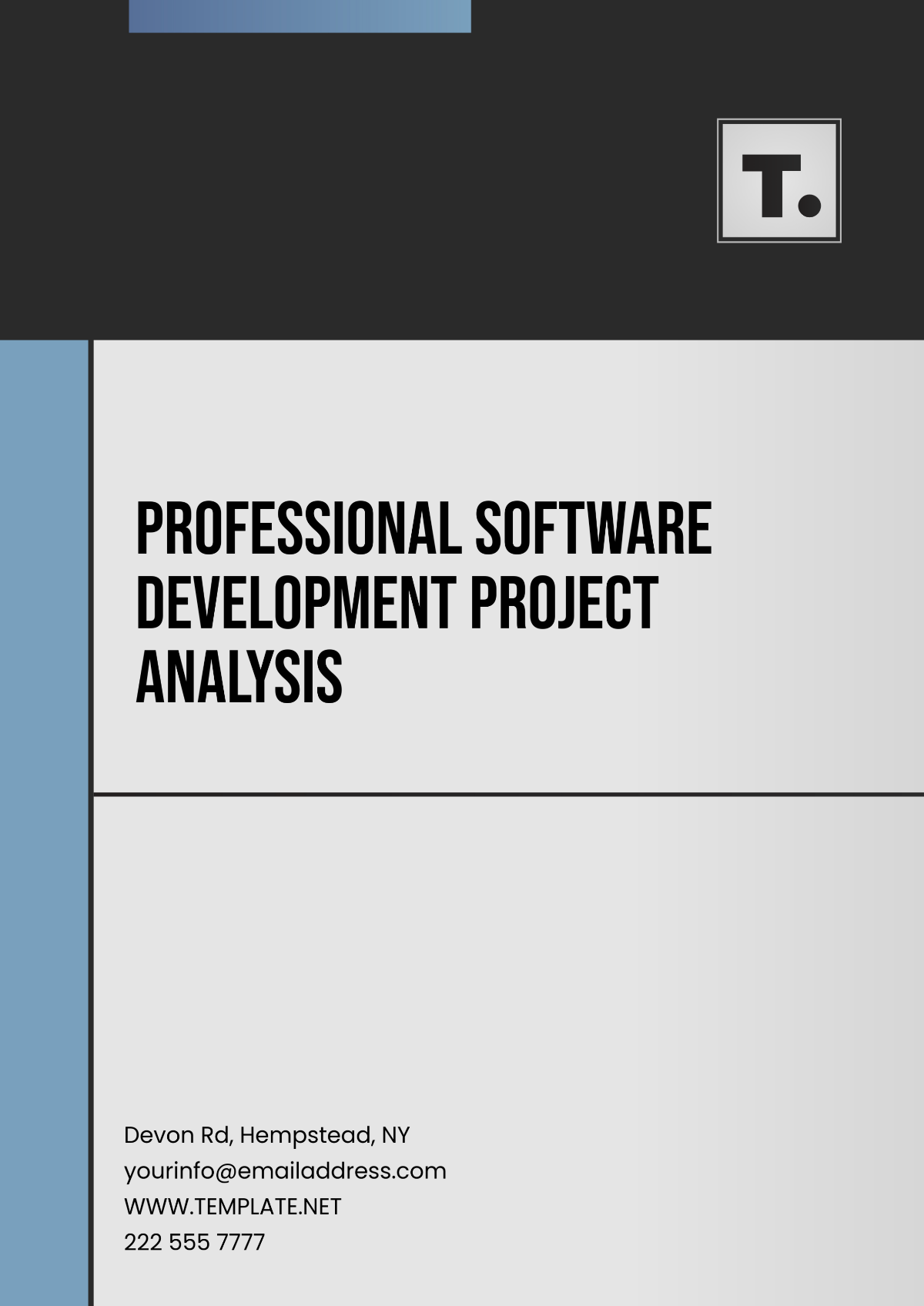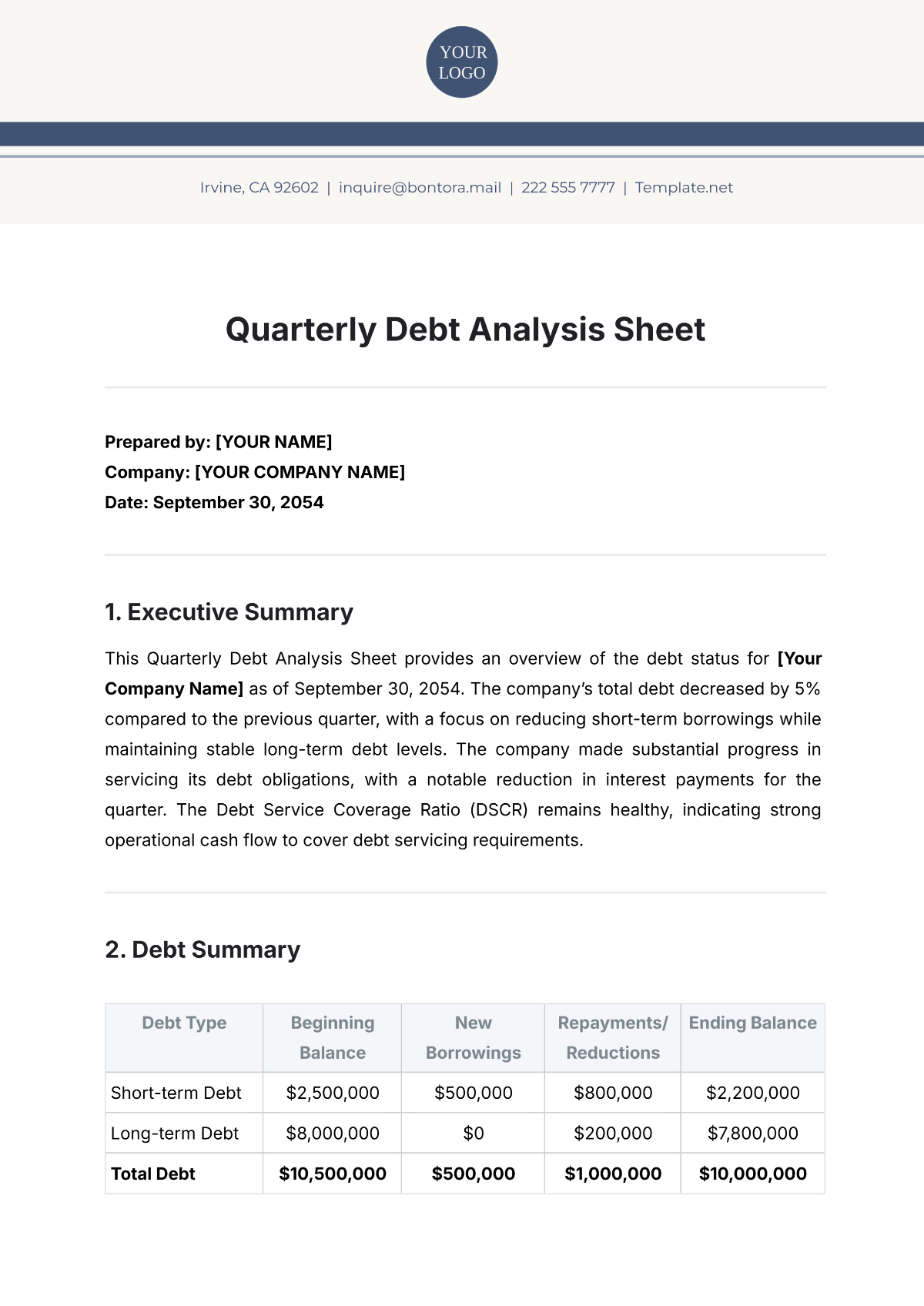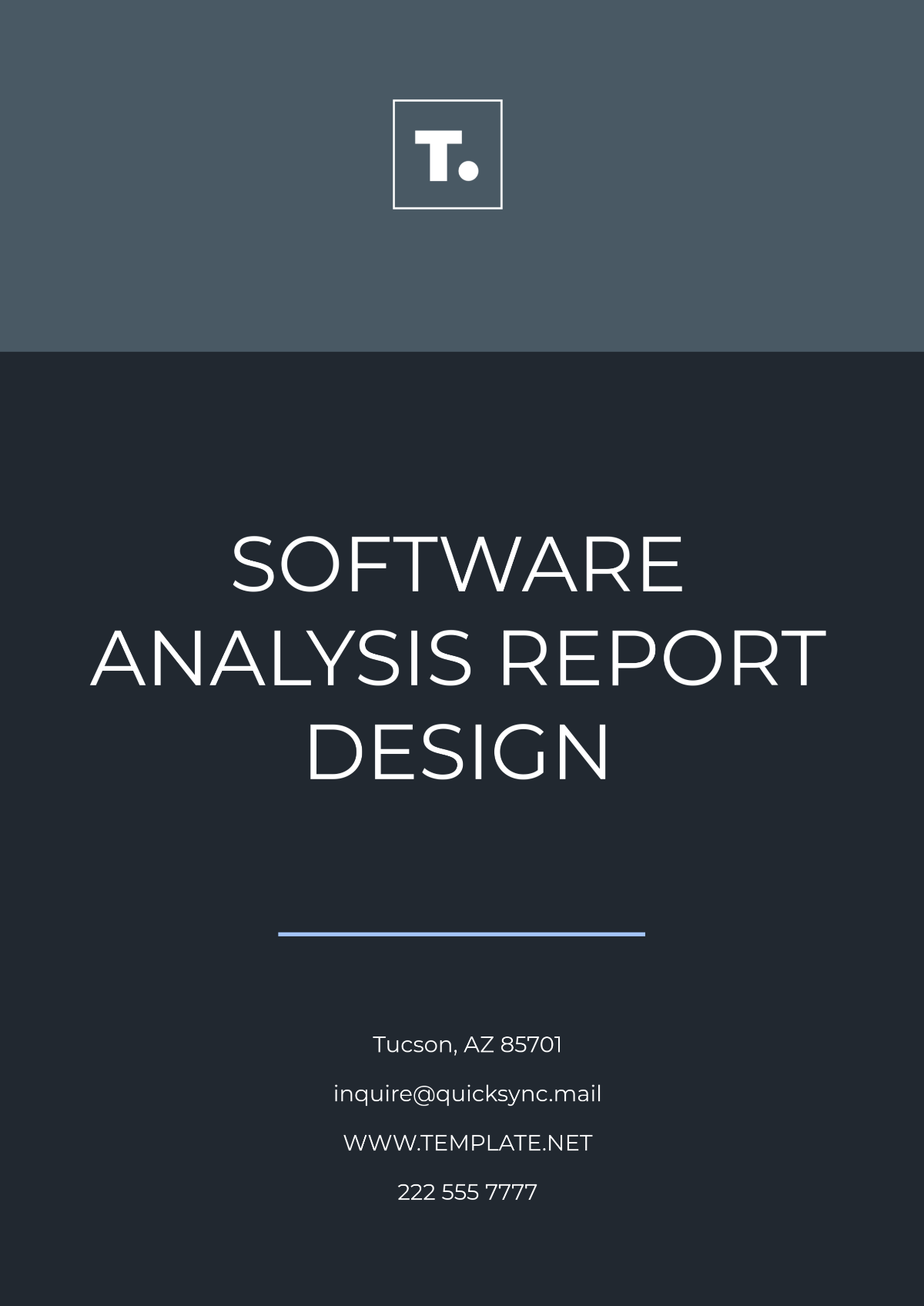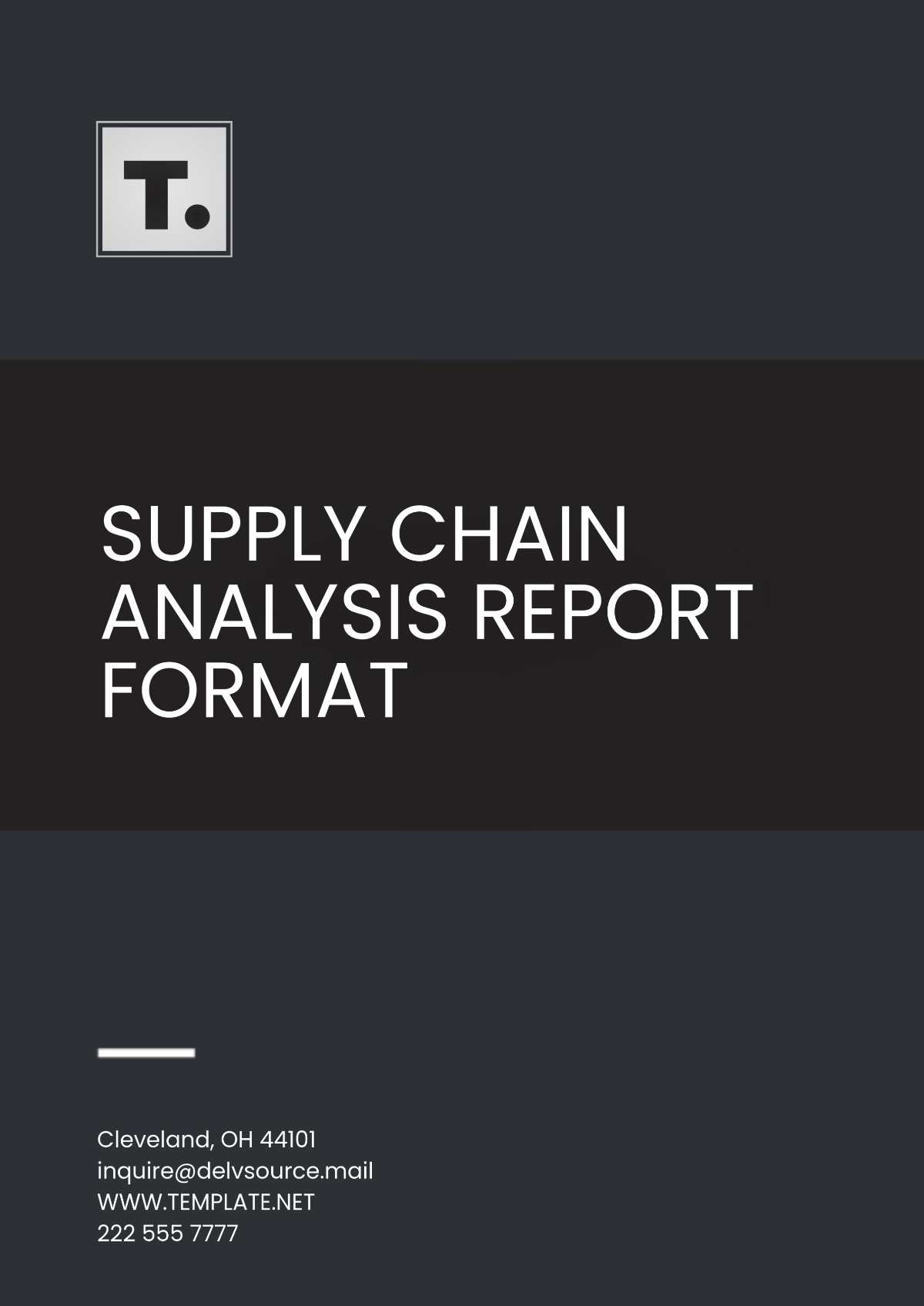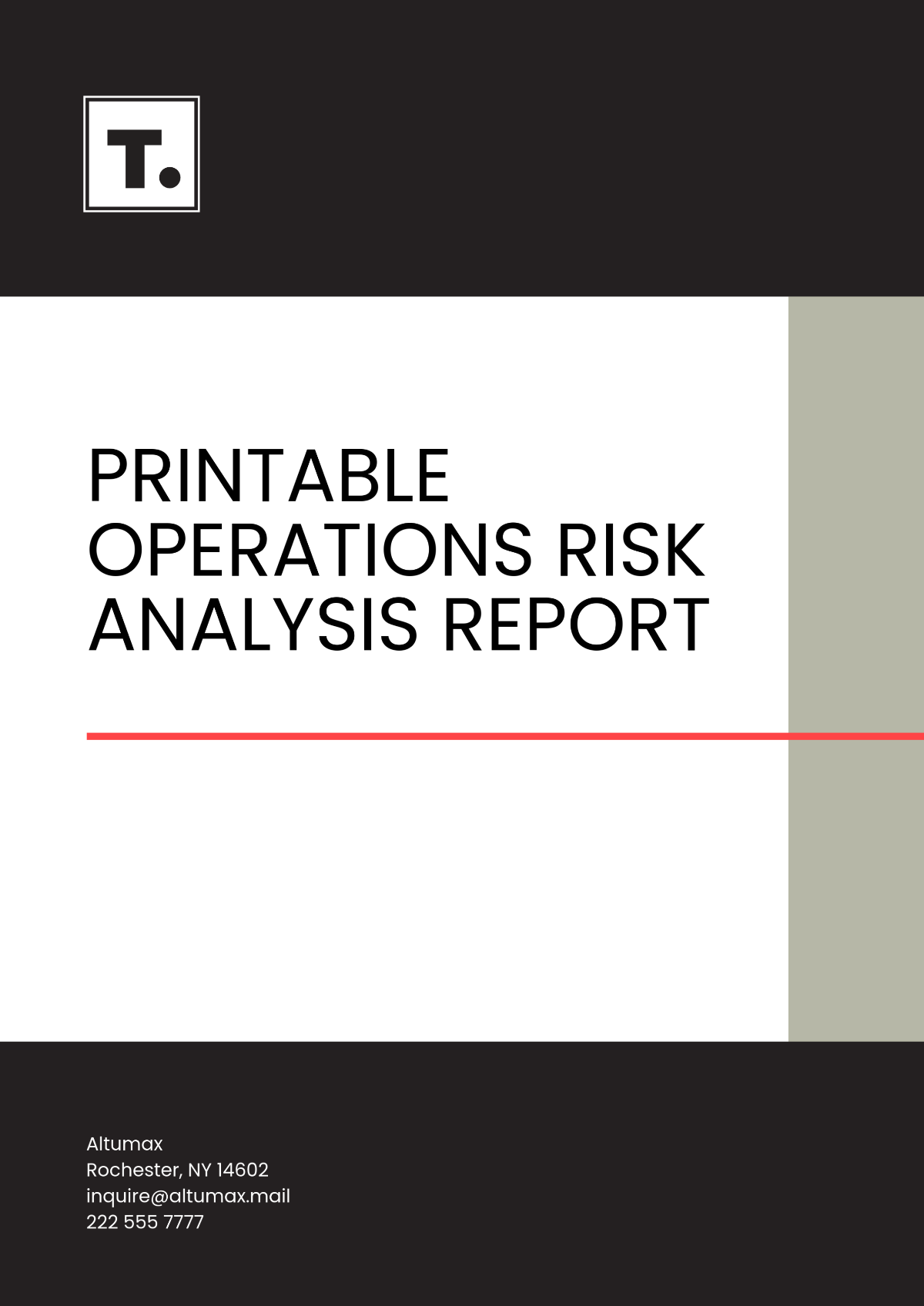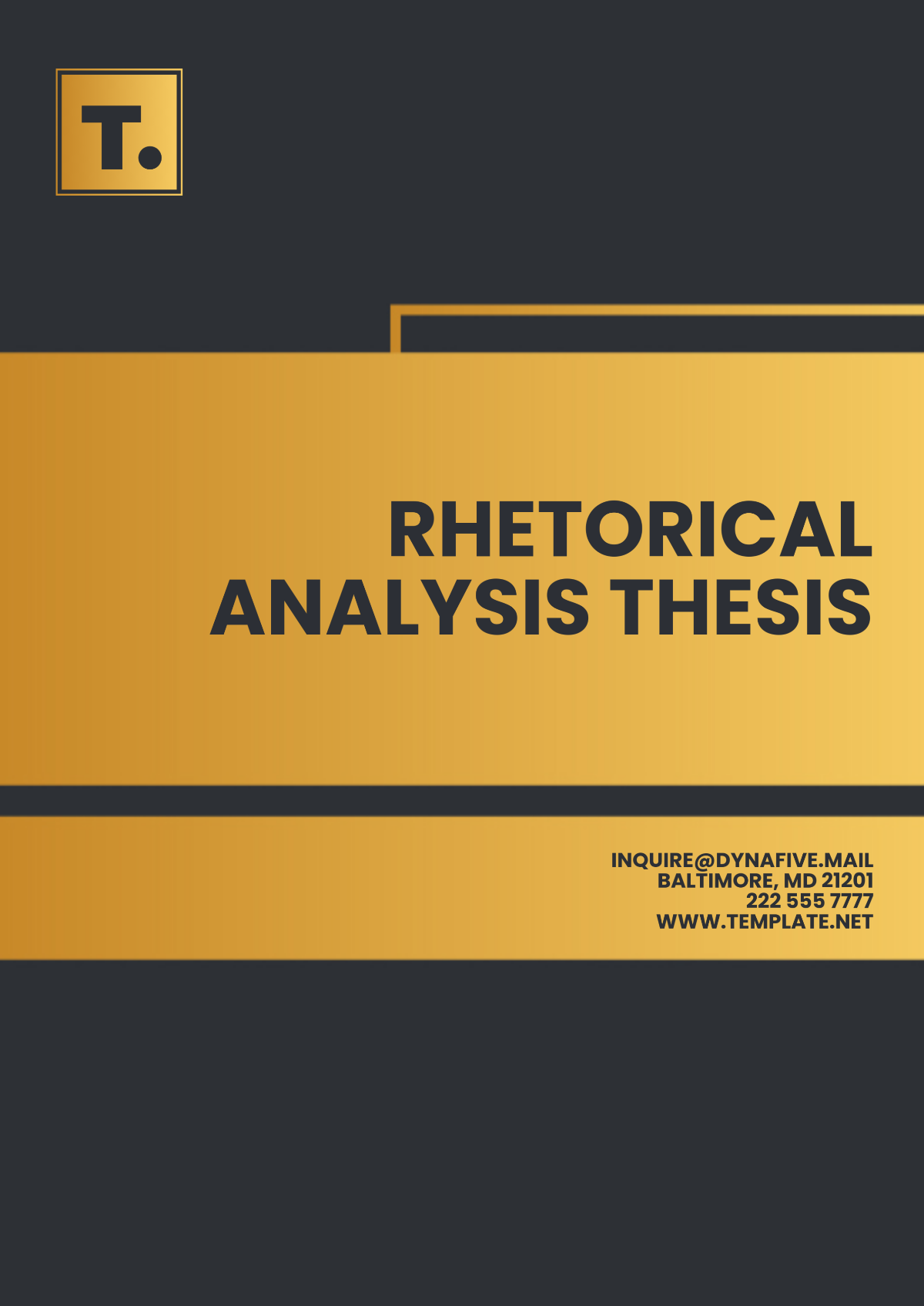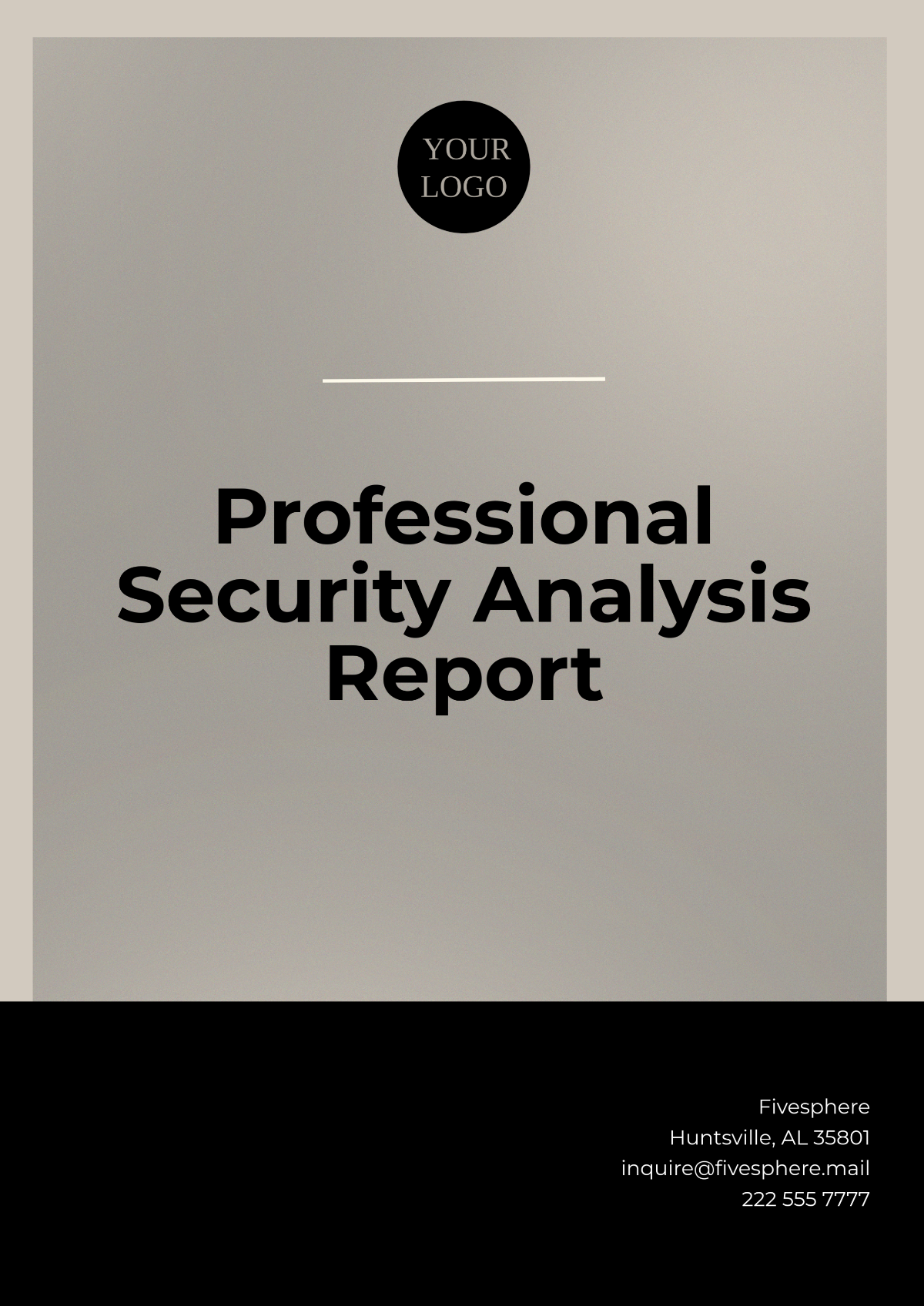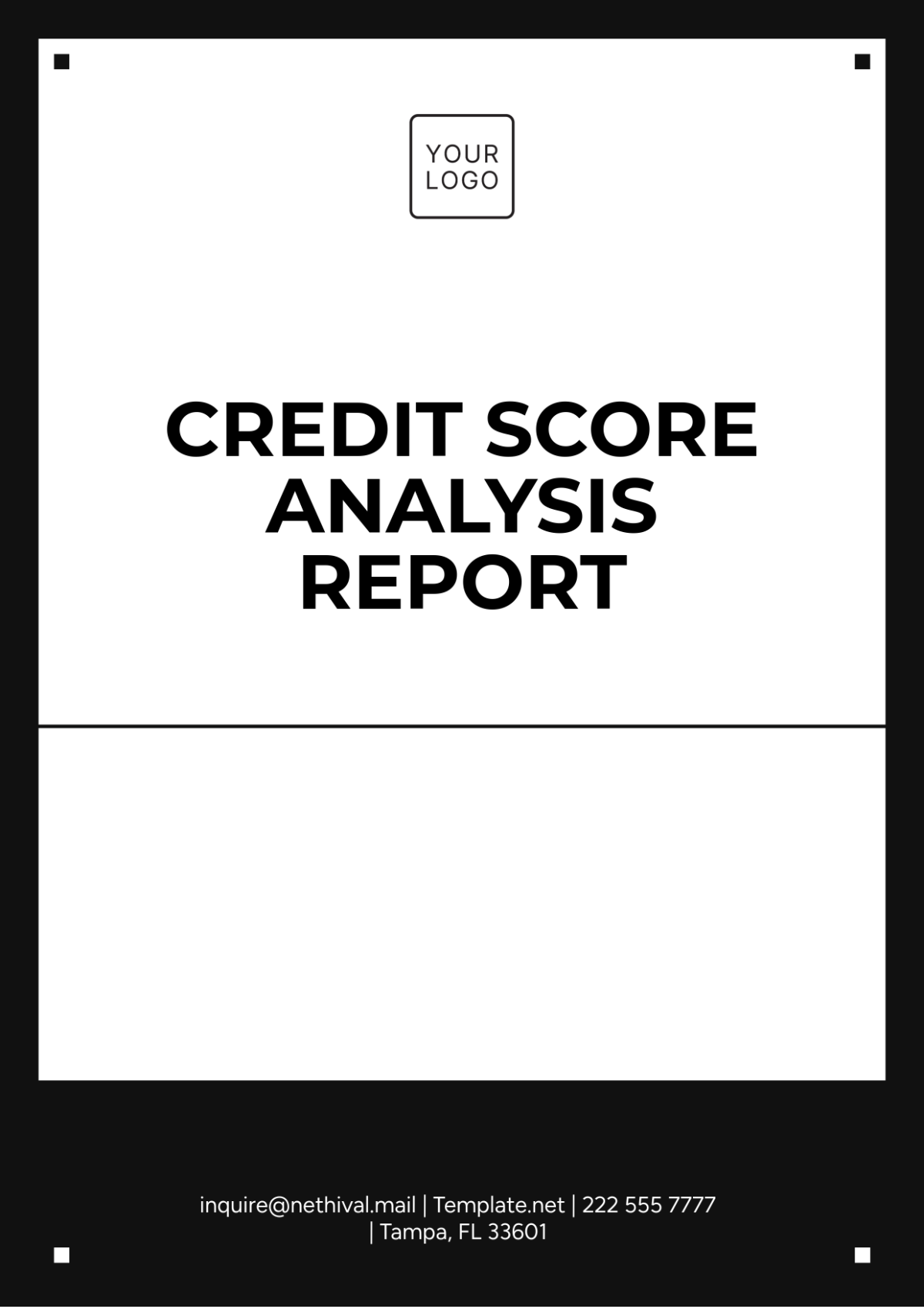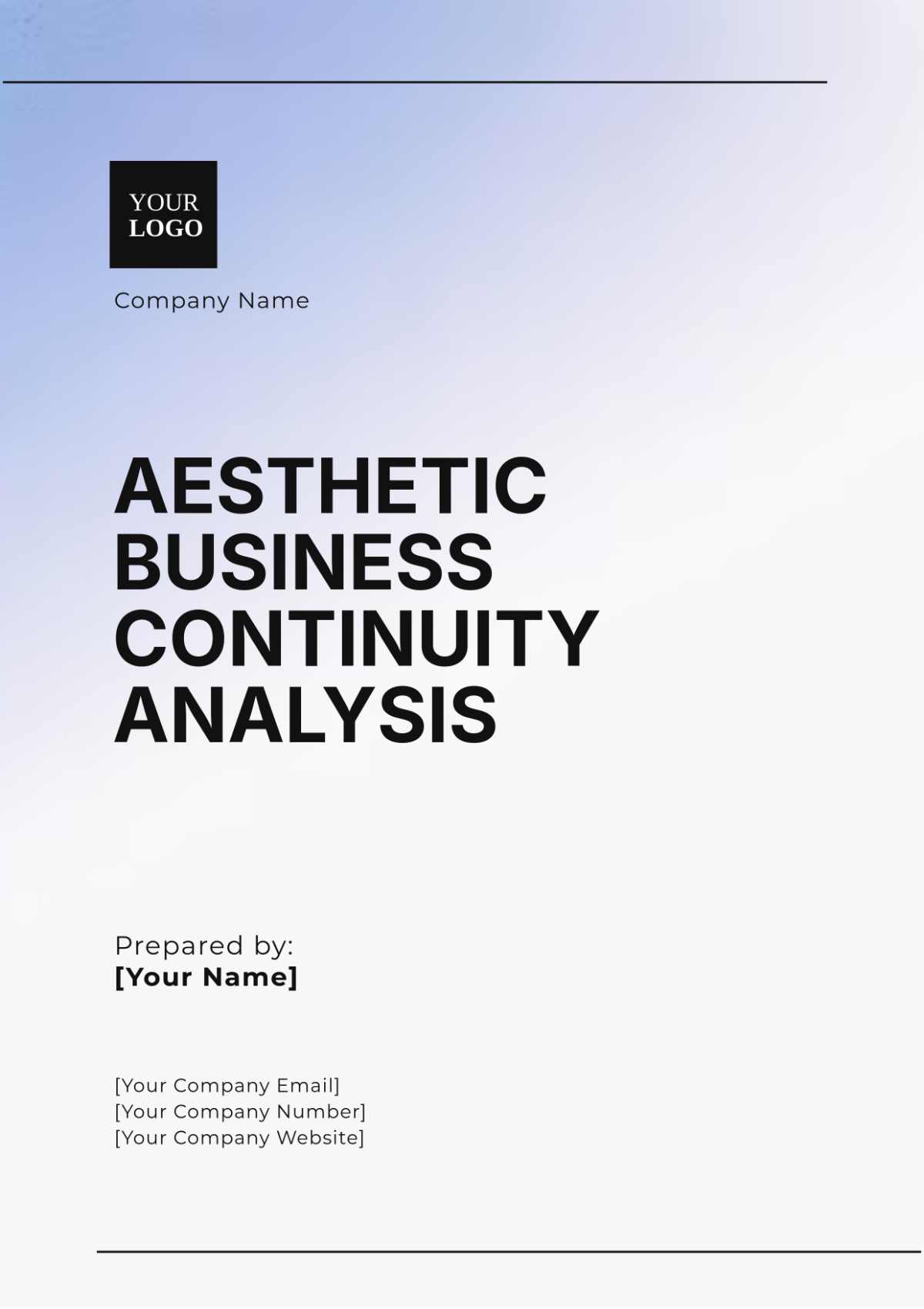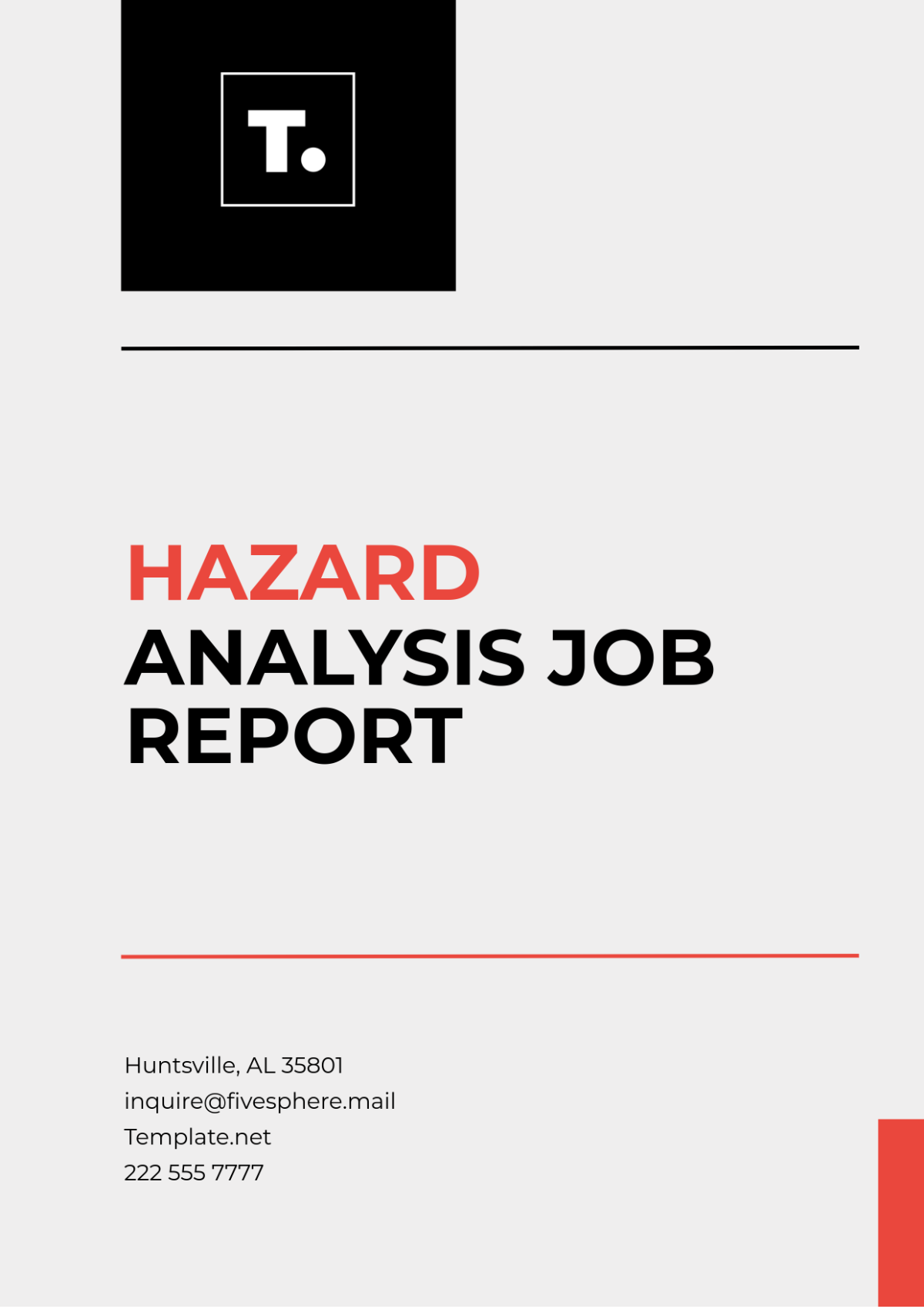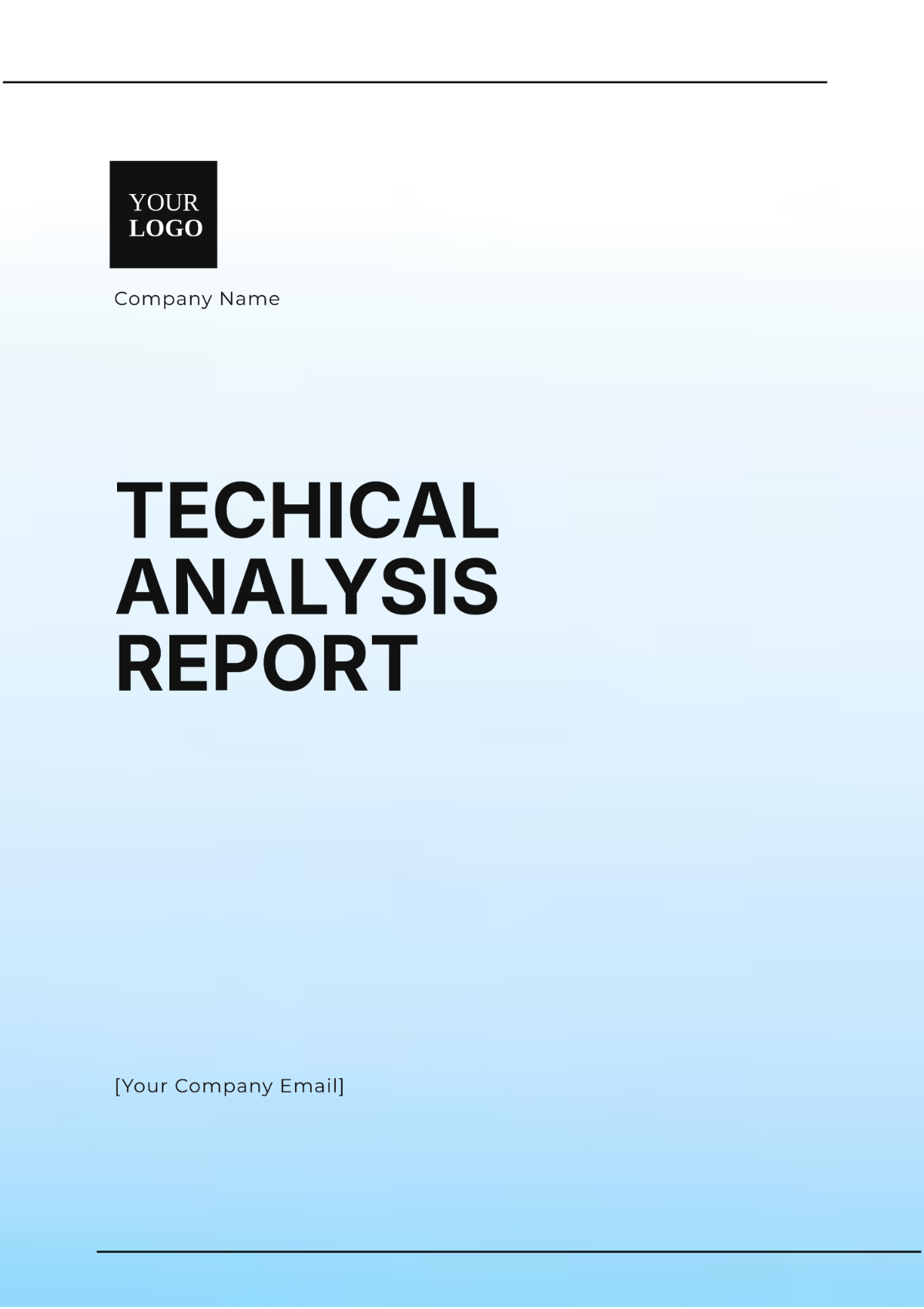Academic Content Review Analysis
Prepared by: [Your Name]
Date: [Date]
1. Introduction
The Academic Content Review (ACR) serves as a critical evaluation of scholarly material to ensure its quality, relevance, and adherence to academic standards. This analysis explores the key components of an effective ACR, examines best practices, and evaluates methodologies for conducting thorough and objective reviews.
2. Key Components of an Academic Content Review
2.1. Content Evaluation
A. Relevance and Scope
Relevance: Ensure the content addresses current issues, trends, or gaps in the field.
Scope: Evaluate if the material covers a comprehensive range of topics related to the subject matter.
B. Accuracy and Validity
Accuracy: Verify that all facts, figures, and references are correct.
Validity: Assess the soundness of the methodologies and conclusions drawn in the content.
C. Originality and Contribution
Originality: Check for new insights or perspectives that the content offers.
Contribution: Determine how the material adds value to existing research or knowledge.
2.2. Methodology Review
A. Research Design
Design: Analyze the research design employed in the content, including its appropriateness for addressing the research questions.
Implementation: Evaluate the execution of the research design, including sample selection and data collection methods.
B. Data Analysis
Techniques: Assess the statistical or qualitative analysis methods used.
Interpretation: Review how the data is interpreted and whether the conclusions are supported by the results.
C. Ethical Considerations
Ethical Standards: Ensure that the content adheres to ethical guidelines related to research, including informed consent and confidentiality.
Bias: Identify any potential biases in the research process or presentation of results.
3. Best Practices for Academic Content Review
3.1. Structured Approach
A. Review Framework
Checklist: Develop a checklist to systematically review content based on relevance, accuracy, and methodology.
Guidelines: Follow established guidelines or standards relevant to the field of study.
B. Peer Review
Peer Feedback: Incorporate feedback from subject experts to enhance the review process.
Revisions: Implement revisions based on peer suggestions and critique.
3.2. Objective Evaluation
A. Criteria-Based Assessment
Criteria: Use specific criteria to evaluate the quality of content, such as clarity, coherence, and logical flow.
Scoring: Apply a scoring system to objectively measure the effectiveness of the content.
B. Documentation and Reporting
Documentation: Keep detailed records of the review process, including notes on strengths and weaknesses.
Reporting: Prepare a comprehensive report summarizing the findings, recommendations, and any necessary actions.
4. Methodologies for Conducting an Effective Review
4.1. Quantitative Methods
A. Statistical Analysis
Descriptive Statistics: Utilize measures such as mean, median, and standard deviation to summarize data.
Inferential Statistics: Apply tests like t-tests or ANOVA to draw conclusions about data relationships.
C. Surveys and Questionnaires
Design: Create surveys or questionnaires to gather quantitative feedback from a larger audience.
Analysis: Analyze responses to identify trends and patterns.
4.2. Qualitative Methods
A. Content Analysis
Coding: Use coding techniques to categorize and interpret qualitative data.
Themes: Identify recurring themes or patterns in the content.
B. Case Studies
Case Selection: Select relevant case studies to provide context and support for the content analysis.
Analysis: Examine case studies to draw comparisons and insights.
5. Enhancing Review Quality
5.1. Use of Technology
A. Digital Tools
Software: Employ specialized software for data analysis, such as NVivo for qualitative data or SPSS for quantitative data.
Automation: Utilize automated tools for plagiarism detection and reference management.
B. Online Resources
Databases: Access academic databases like PubMed or JSTOR for comprehensive literature reviews.
Platforms: Use online platforms for collaborative reviews and feedback.
5.2. Reviewer Expertise
A. Subject Matter Expertise
Expert Reviewers: Engage reviewers with deep expertise in the specific academic field.
Continual Learning: Encourage reviewers to stay updated with the latest research and methodologies.
B. Training and Development
Training Programs: Provide training for reviewers on best practices and new techniques in content review.
Workshops: Conduct workshops to discuss common challenges and solutions in academic content review.
6. Case Study: Implementation of Review Practices
6.1. Overview
Case Study Selection: Choose a relevant academic paper or project that underwent a detailed review process.
Objectives: Outline the objectives of the case study and the review criteria applied.
6.2. Process and Outcomes
Review Process: Describe the steps taken during the review, including any challenges encountered.
Findings: Summarize the outcomes of the review and any recommendations made.
7. Conclusion
An effective Academic Content Review involves a comprehensive evaluation of content relevance, accuracy, and methodology, coupled with adherence to best practices and objective assessment methodologies. By employing a structured approach, incorporating peer feedback, utilizing both quantitative and qualitative methods, and leveraging technology and expert knowledge, reviewers can ensure a thorough and objective analysis of scholarly material.
